BIMS – From 3D style to painterly geometric abstraction
Debuts and the house of dreams
The French writer BIMS (b. 1987) grew up in the south of France, in the small town Prades near Perpignan, and became really interested in comics as a child. It was mainly comics from France and Belgium that he read, and what fascinated him the most was the typefaces and lettering. When he was 9/10 years old, he began to draw and imitated many typefaces from comics. One day he discovered a red tag in his small town, in the late 90s. This tag impressed him with its intrusive power and dynamism, and he started looking for more tags in the streets. At school, his own drawings caught the eye of his 6th grade art teacher, who showed him photos of graffiti he had photographed himself at the train station of Perpignan. They were mainly 3D pieces, such as those by MEZY, which appeared in Perpignan in the early 2000s. These graffiti fascinated BIMS, and he wanted to see them with his own eyes. So he went alone every Wednesday by train to Perpignan to the main station to discover new pieces there and study them closely. At that time he started tagging with his first pseudonym SEIZ, an abbreviation of the word seizure, which in French and English means also the breaks in verses. One of his friends was also fascinated by graffiti and together with two other friends they formed their first crew HOD (House of dream/Hand of doom). The name was a reference to the abandoned house they had discovered and where they regularly met and started spraying the walls. It was their meeting place, their own hall of fame for several years, the house of their dreams. In a press store in their small town, the young writers discovered French graffiti magazines that would become a great source of inspiration. There were mainly pieces from the then active French graffiti scene from the years 2000 to 2004 depicted in 3D style. Especially, pieces by the crew IMF from Paris made a lasting impression on the young writer.
As SEIZ he began to express himself in Semi Wild Style and Wild Style with the spray can. His lettering evolved over the years into a 3D style. Until about 2008 he painted countless pieces in this style, which he also called “cubism”. At the time, BIMS aka SEIZ had been looking through art books of his sister, who was studying art history, and he was fascinated by modern art and painting of the 20th century and especially by cubism, which inspired him even then for his 3D paintings. After a few years, however, the writer was bored with the 3D style and the Wild Style. These styles in graffiti were too much ruled by certain codes, and he felt limited in his artistic expression and made a break of about 6 months. He wanted to throw everything he had learned overboard, to forget it, to learn the letter forms again, making them simpler and more legible. In this graffiti creative break, however, he was drawing a lot.
Renewal after saturation of name and style
When he met BETIZ in Montpellier in 2007, the latter conveyed to him his love for the letter B. Inspired by the shape of the letter B and by onomatopoeia from comics, like „boom“ or „sbim“, his current writer name, also made of four letters, BIMS, was born, which he started painting in 2008. Due to his break and his newly chosen writer name, his style changed more and more. He leaned at this time increasingly on the New York style and painted characters next to his name. Figurative representations can be found in some of his pieces from this time on until now.
In the following years he moved several times, lived in Rennes in 2010, then in Montpellier and experimented a lot with other writers, such as with his collective “Ghetto farceur”. This crew of ten members (REMS, KURVE, ZEKLO, DEBZA, NEIST, OBAO, ROMI, SUPERPAUME, SWOL(RIP), SKIO, REKULATOR & BIMS), who lived in different cities such as London, Paris, Montpellier or Cannes, came together several times a year between 2009 and 2014 to create large pieces together in different locations. They wanted to take Wild Style to the extreme, working with lots of colors, large formats, and experimenting with self-imposed obstacles to influence the painting process. These included, for example, painting blindfolded, painting with the weak hand, or not being allowed to choose the colors. One pulled can after can blindly from the bag without knowing which color it was and had to empty one completely before taking the next one to continue painting until all cans were used in an arbitrary order. The writers were thus forced to improvise color-wise as well. The challenges imposed by the specifications allowed new ways of working, new gestures, new ways of drawing lines, and performative improvisational work. The results were often very surprising, informative, and opened up new perspectives to the writers, different ways of looking and approaching, new ideas and concepts, and thus new possibilities. The crew collectively invented a fictional writer named RKR/REKULATOR who signed their jointly created murals to cover up authorship and mislead the viewers. The name REKULATOR was a reference to going backwards, in French “reculer”, going back, back to the beginning, to learn anew. The experience gained by experimenting with this crew was a very formative period for BIMS concerning his own graffiti.
Other monikers and comic homage
In 2012/2013 BIMS moved to Cannes, then to Niort, where he met a new friend with whom he traveled around for almost two years. In 2016/2017 they traveled to Mexico and through Europe, they also stopped, for example, in Dresden, where they found the freight trains particularly attractive. After these years of unstable life, traveling around and intense trainwriting, the then 30-year-old writer settled in 2017/2018 in Rennes, Brittany, where he lives to this day.
BIMS, Italy, Corail ©BIMS BIMS, Piggy, Belgium ©BIMS BIMS, SAWYER ©BIMS BIMZER, Piggy Belgium ©BIMS BIMS, Slovenia ©BIMS BIMS ©BIMS BIMS, BIMZER, Italy ©BIMS BIMS, Brittany ©BIMS BIMS, GOFAST ©BIMS BIMS, Germany ©BIMS BIMS, GOFAST ©BIMS BIMS, GOFAST, Languedoc ©BIMS BIMS, GOFAST, Paris ©BIMS BIMS, GOFAST, Poitou ©BIMS
Until now BIMS paints images in different styles that can be considered as series. His works with references to comics feature single figurative representations in the visual language and style of well-known comic illustrators, which BIMS masterfully inserts into his pieces. They are mostly figures from his favorite comics by various well-known cartoonists, and thus a tribute to them. They are named next to his pieces and thus also saluted. Among them are, for example, Chabouté, Hewlett, Burns, Neyef, Peteers and Serge Clerc. Since 2019, BIMS also paints a new pseudonym: ARZAK, the title of the best comic by famous French comic artist Moebius, according to BIMS. The new pseudonym with five letters allows BIMS again new experimentation with letters and to work more anonymously in the urban space.
The ethereal images: cubist geometric abstraction
In Niort in 2016, BIMS adopted his hatched drawing style with pen on paper for his graffiti with spray paint. He continues to develop this style and the associated technique to this day. The abstracted colored letter fields of his name are created with hatched vertical strokes that he sprays with spray paint. This creates a certain texture, made up of subtle hatching, that appears blurred when viewed from a distance. BIMS skillfully places colored areas next to each other, on top of each other, overlapping, he plays with transparencies, color gradations, shadows and light to give volume to the abstracted letter forms and geometric surfaces. The stylized letter forms take on a sculptural character in a balanced composition, forming an abstract powerful image of geometric pure forms, some of which glow from the darkness and seem to float with lightness. BIMS himself describes these works with the hatching as ethereal.
In recent years, the French artist has produced paintings on large surfaces with spray paint and acrylic paint, which radiate harmony, peace and strength. The artist uses acrylic paint only for the background, and spray paint dominates the surface. Through his technique and composition, he creates a painterly image with a very special texture with spray paint. He signs his abstract pieces with his name, which should not remind of his tag, drawn with a thin line they are simple letters with large spaces between them. BIMS often places a thin bar of two/three colors directly under the piece in these geometric abstract works to give the composition a new rhythm, to bring in more calm, and as BIMS describes, to make viewing easier and more pleasurable, thus prolonging it.
In his recent works in dark tones with points of light through highlights, bright areas and contrast, BIMS looks for intense light vibrations with the minimum of bright colors as possible. The influence of Cubism is felt here, the texture through hatching technique and color tones are reminiscent of paintings by George Braque, the compositions with rounded shapes and circles remind works by Sonia and Robert Delaunay, artists who incorporated music into their painting and inspired BIMS. In many of his recent works, there is a certain vibration inherent in the works, a feeling, a mood, an effect. The artist confirms that music is also a great source of inspiration for some of his works. And all of his canvas works were actually created in the studio to certain jazz or blues songs.
BIMS, SATURN, aerosol on canvas, 295 cm x160 cm ©BIMS BIMS, spraypaint on canvas, 345 cm x 500 cm, Straat Museum Amsterdam, 2018 ©BIMS BIMS, colored pencils on Lamali paper, Stockholm 3, 2019 ©BIMS BIMS, colored pencils on Lamali paper, Stockholm, 2019 ©BIMS BIMS, colored pencils on Lamali paper, Stockholm, 2019 ©BIMS BIMS, colored pencils on Lamali paper, Stockholm, 2019 ©BIMS
749 views
Categories
Tags:
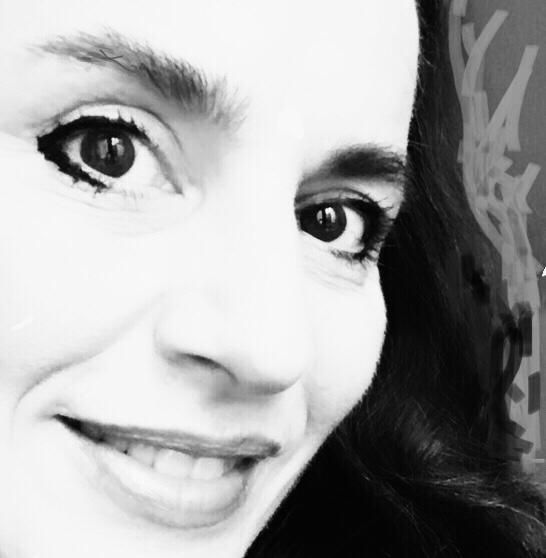
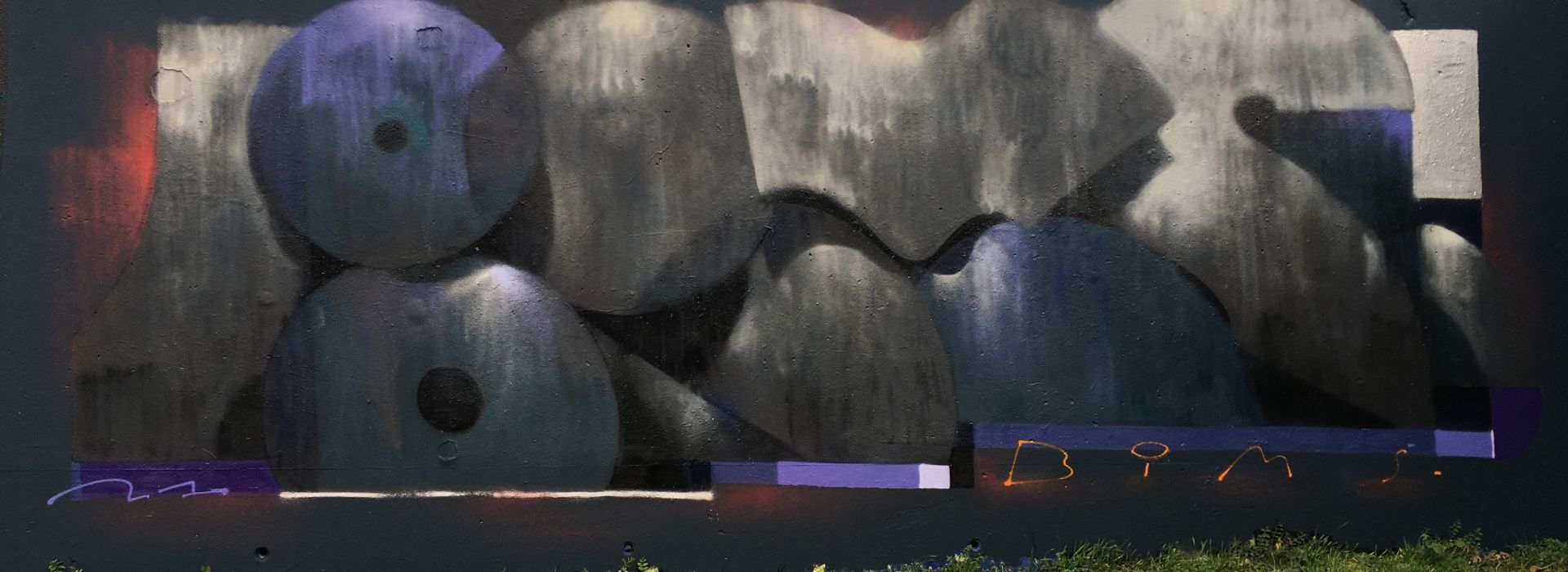
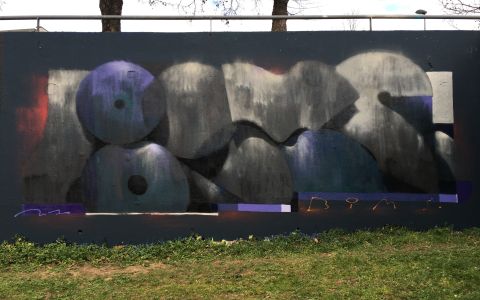
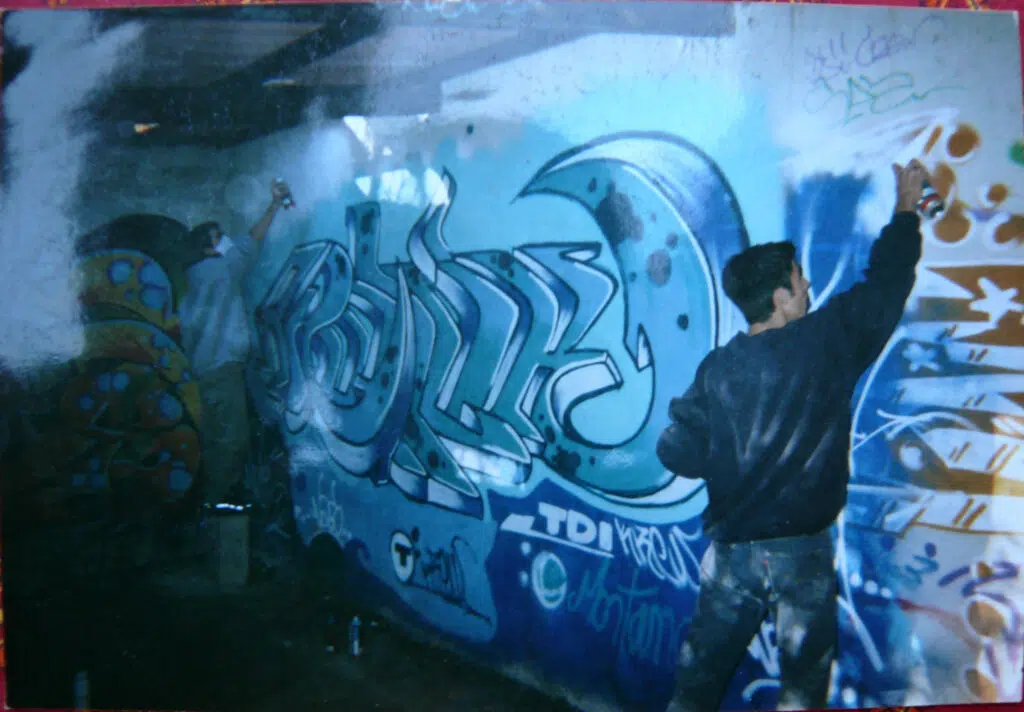
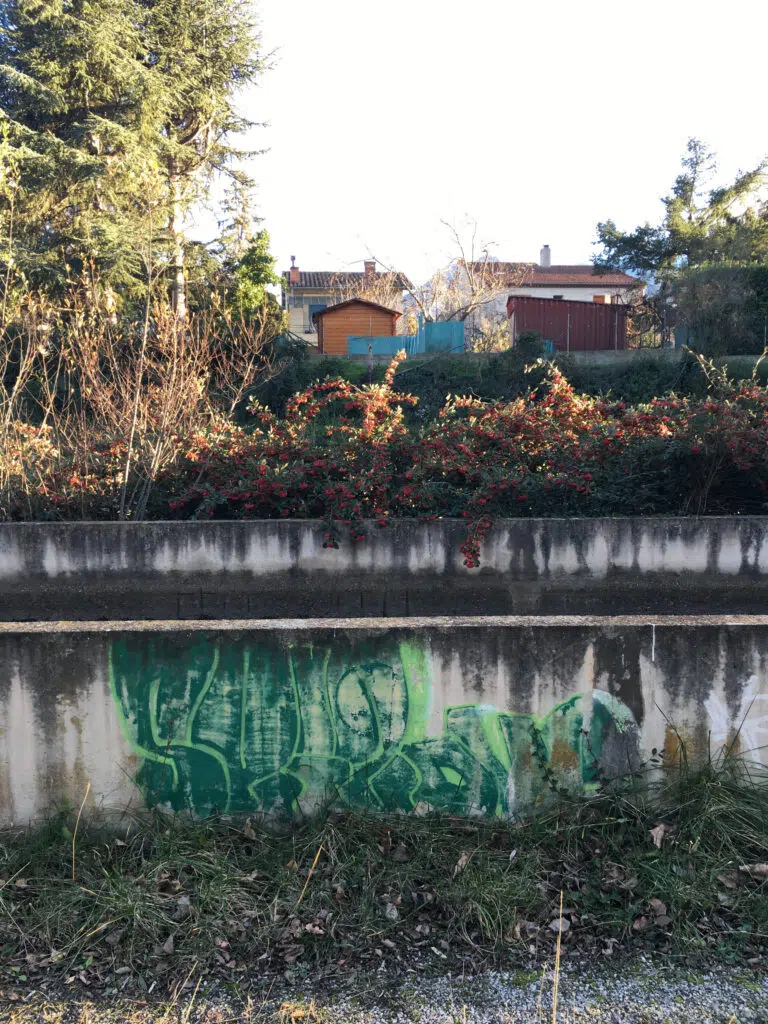
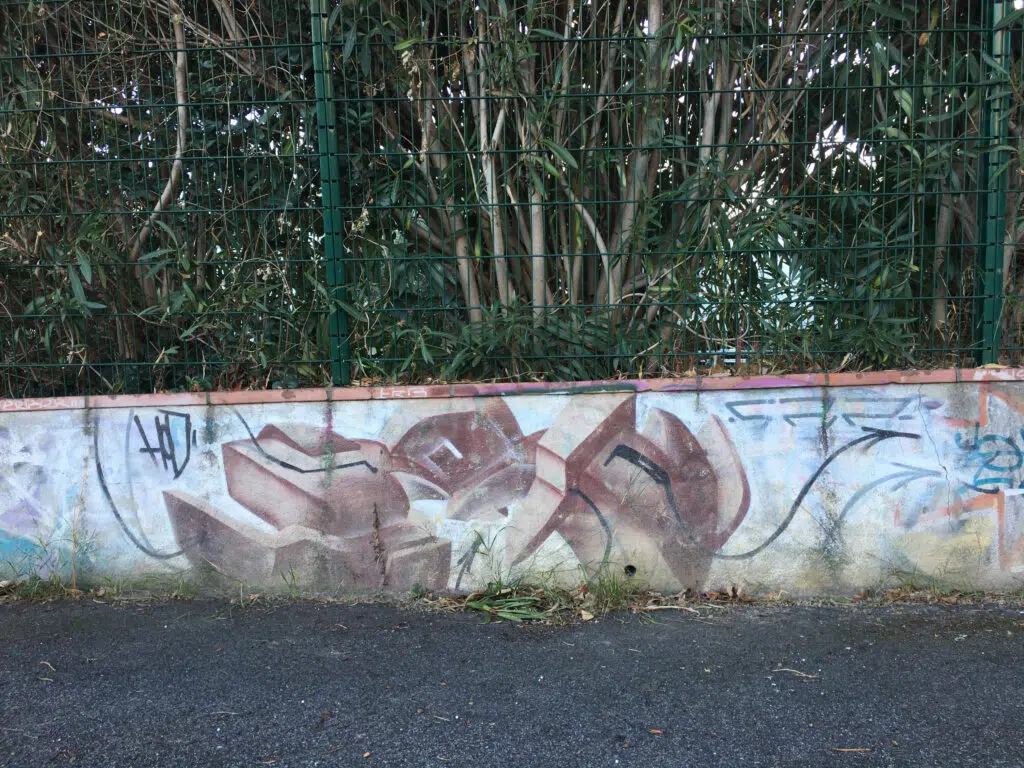
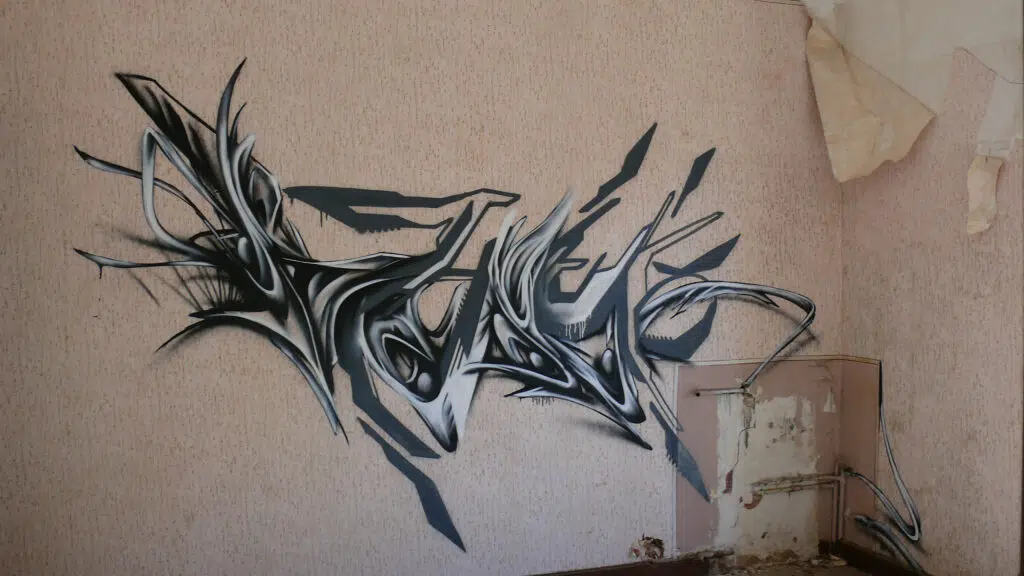
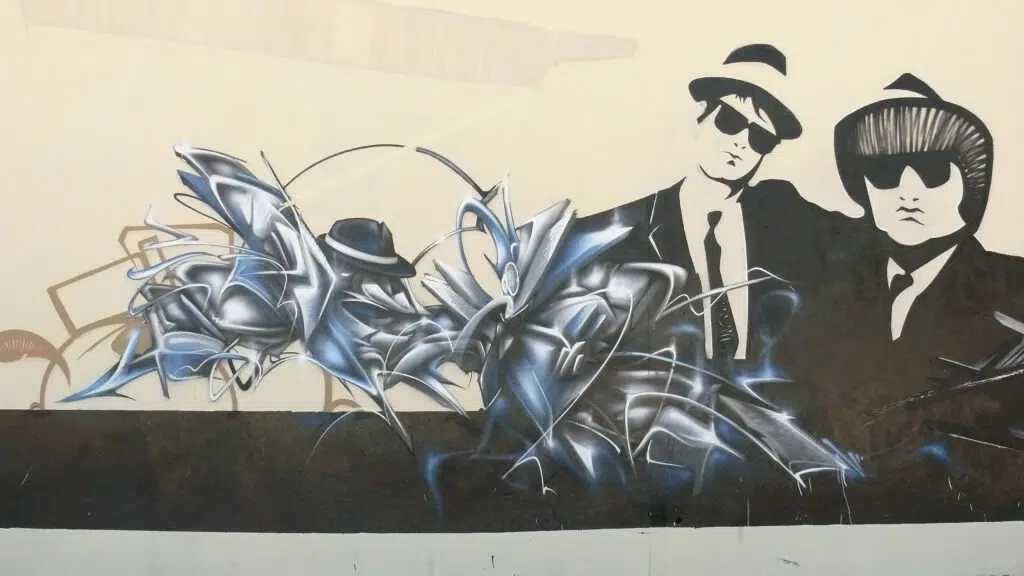
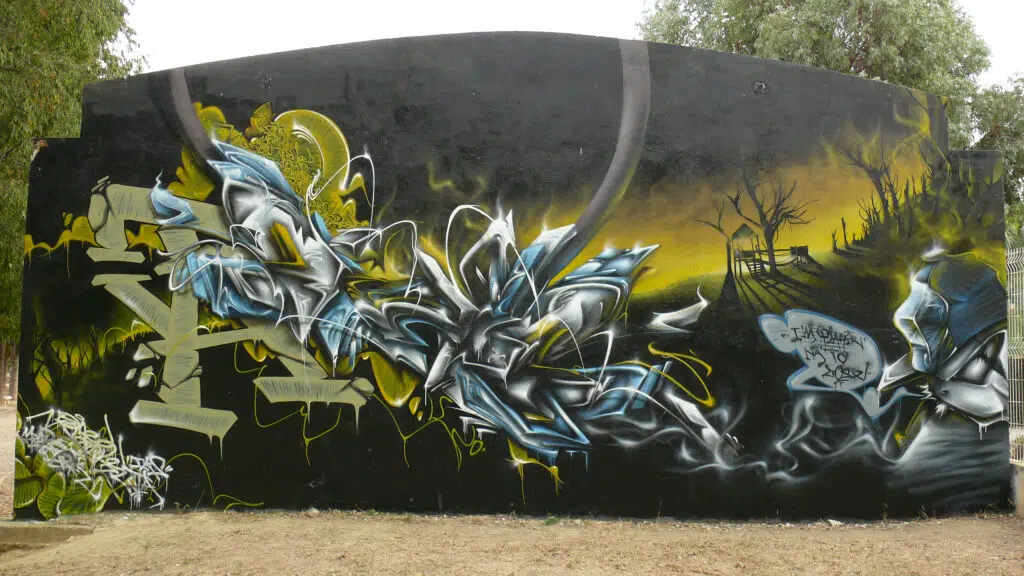
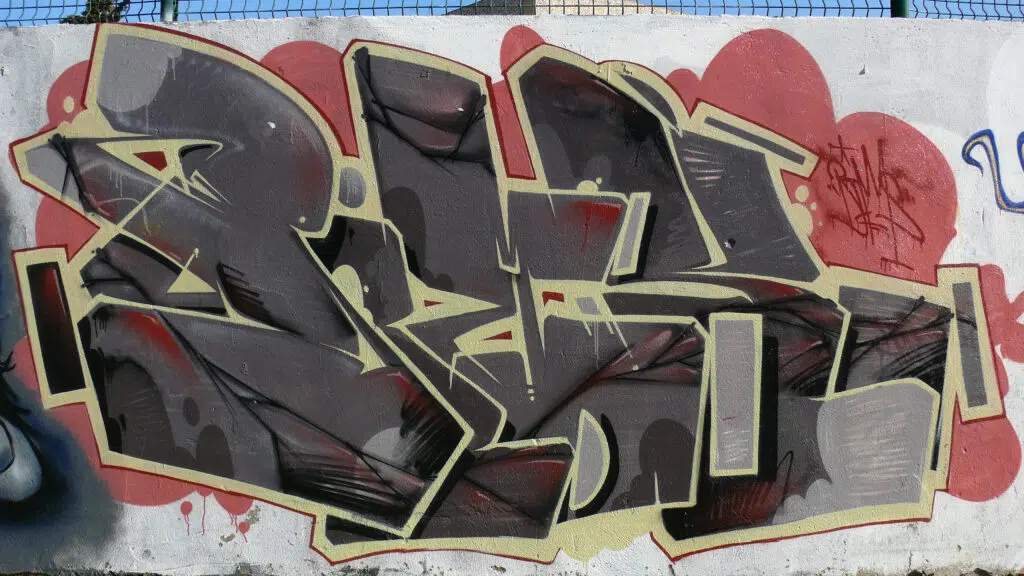
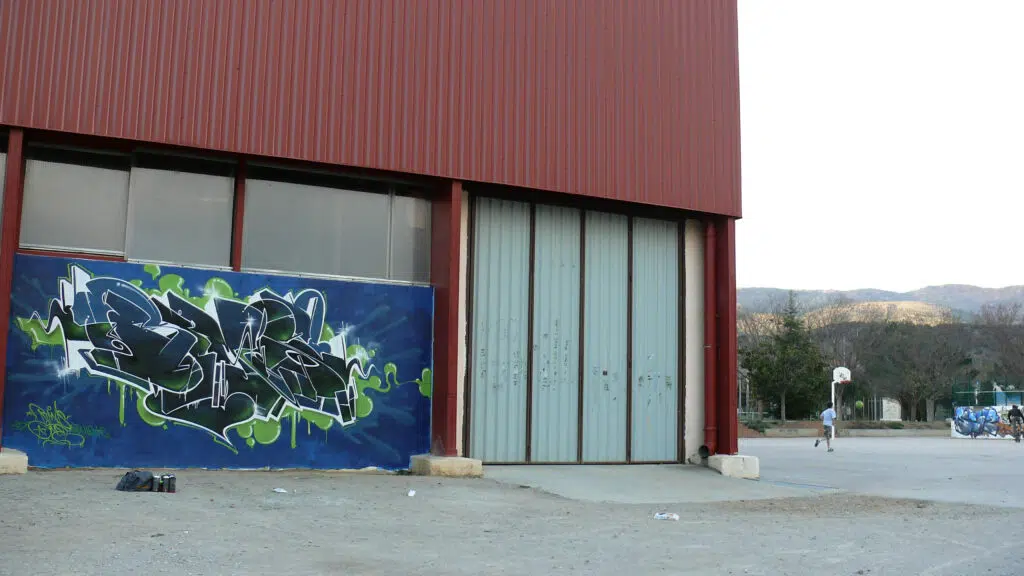
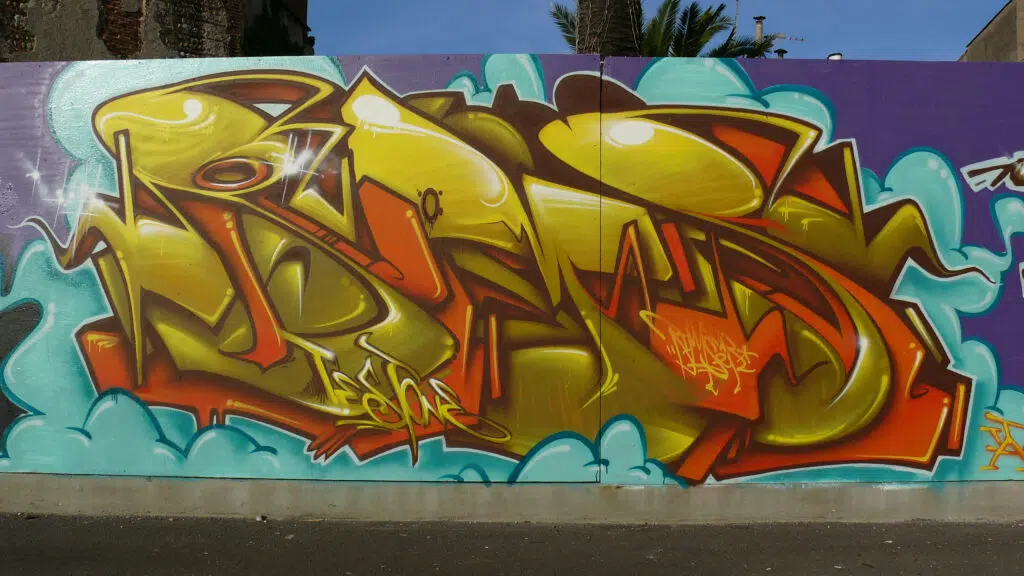
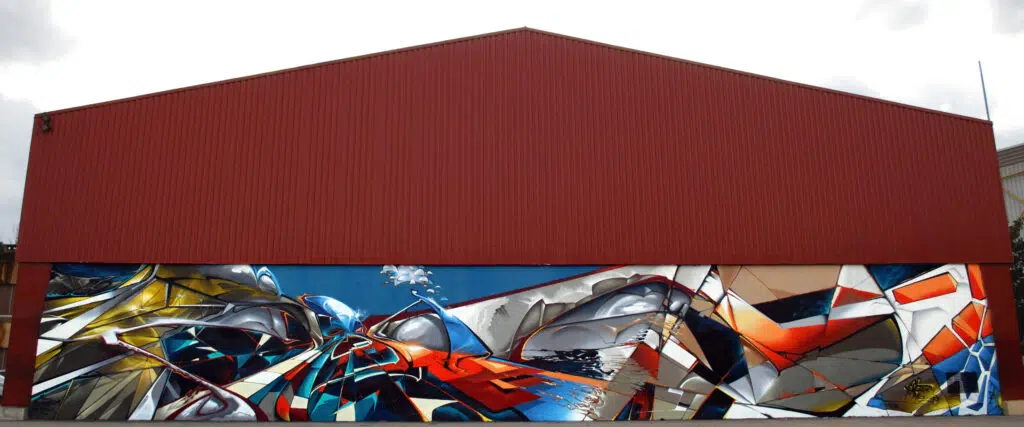
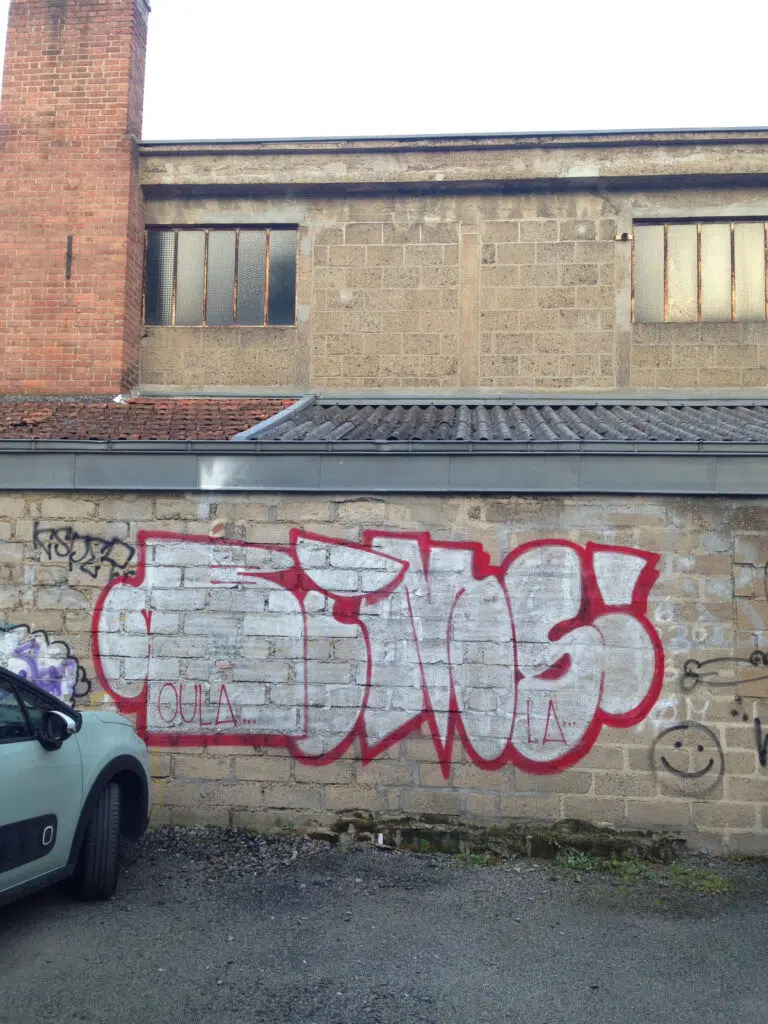
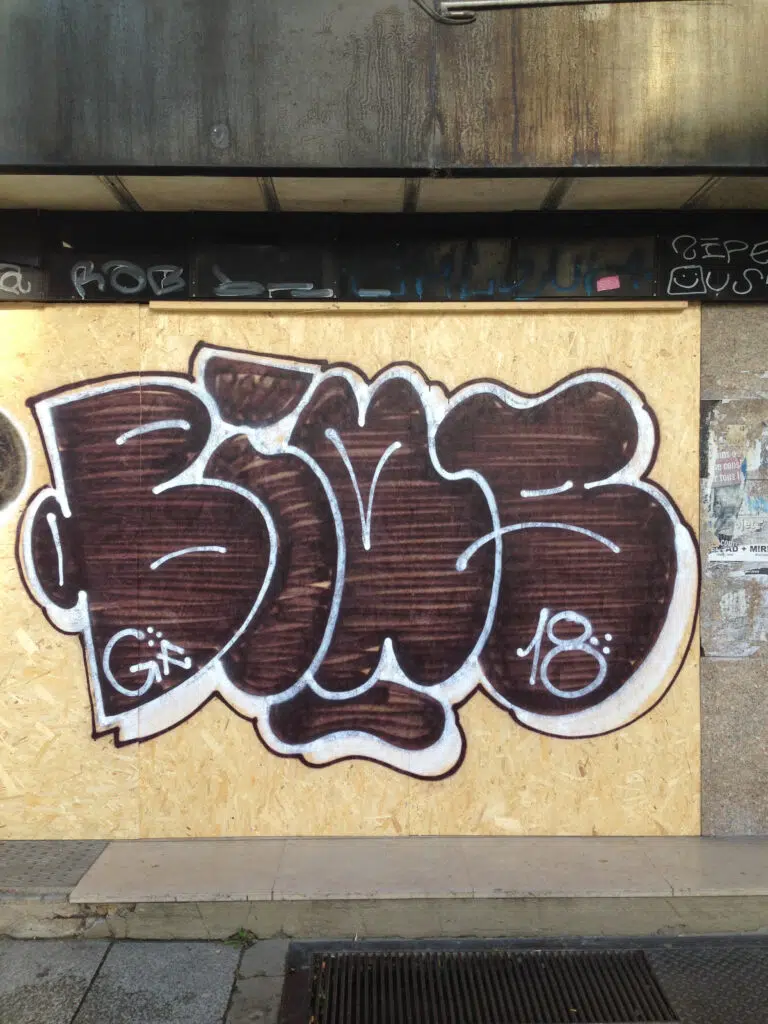
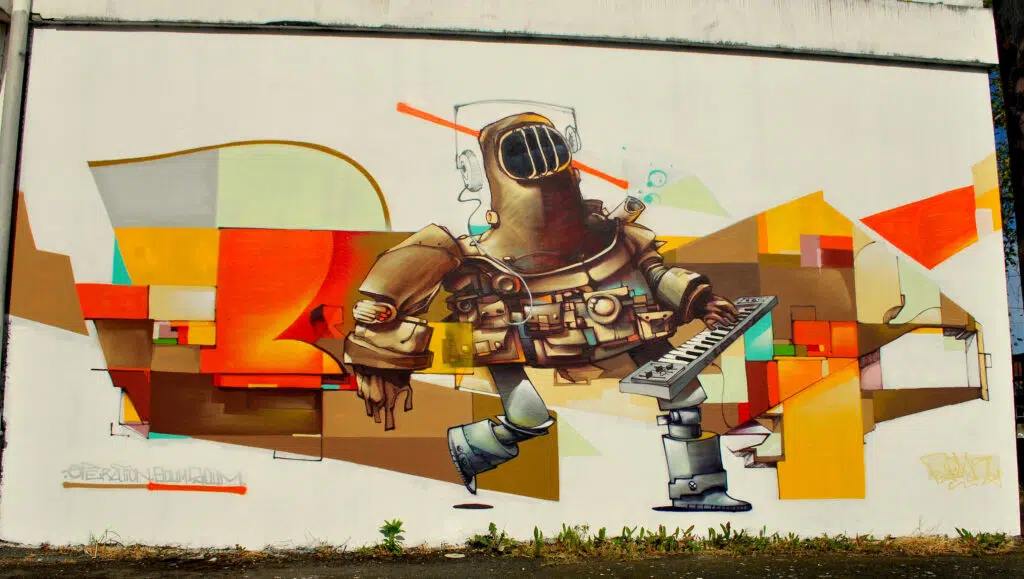
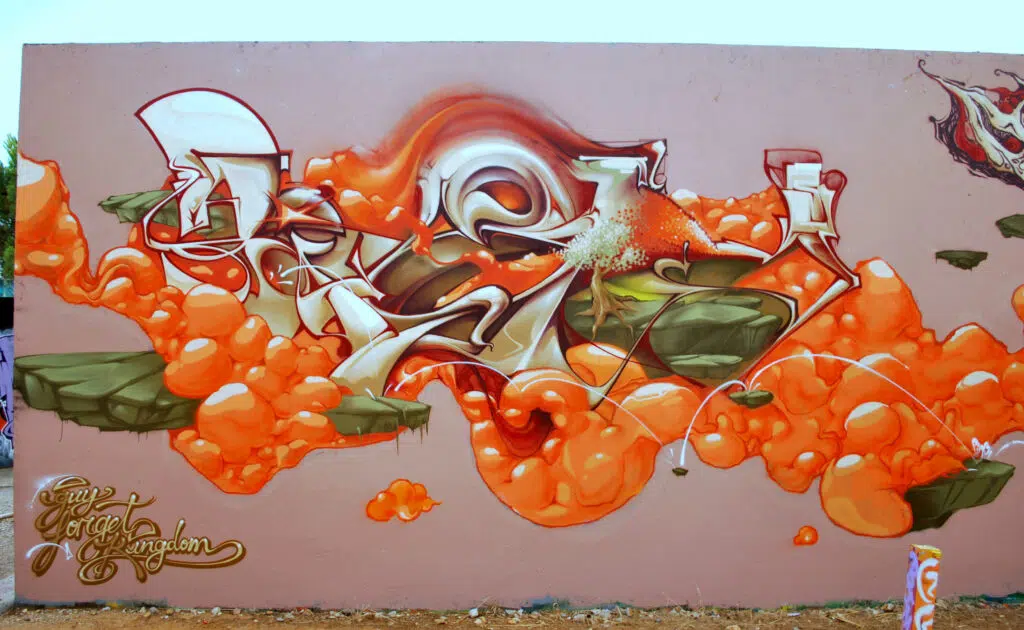
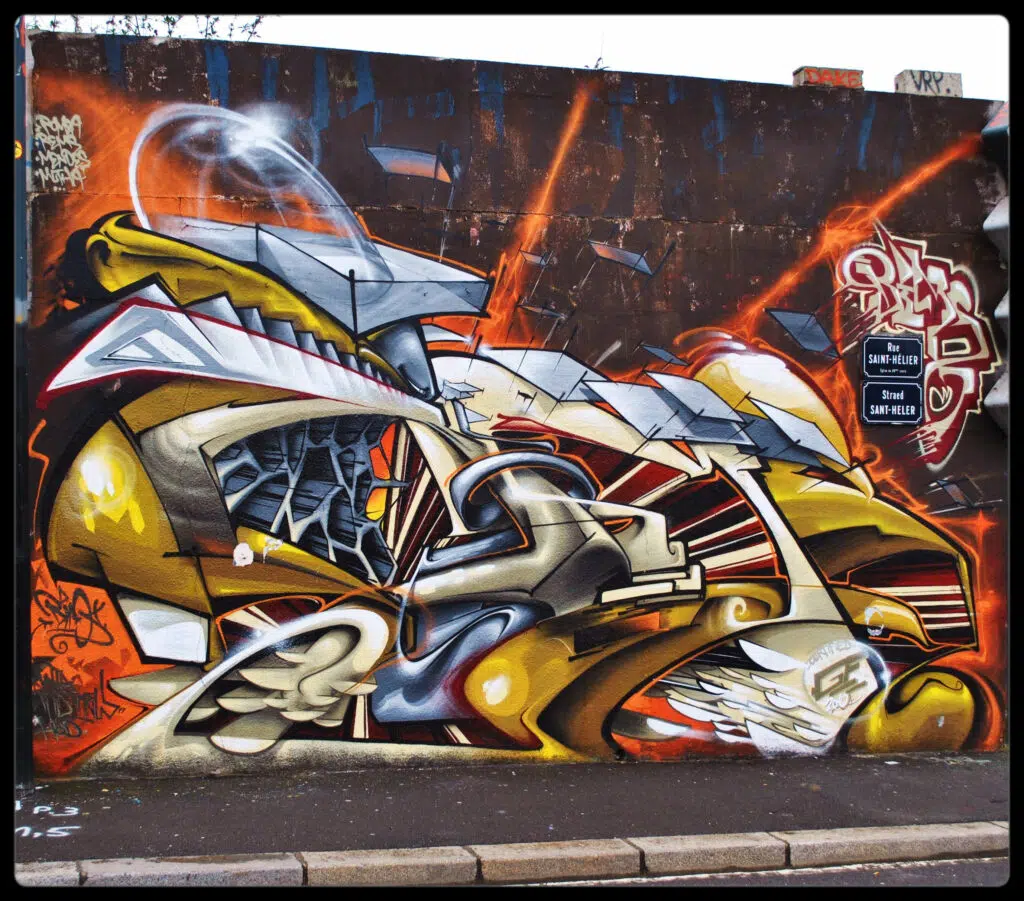
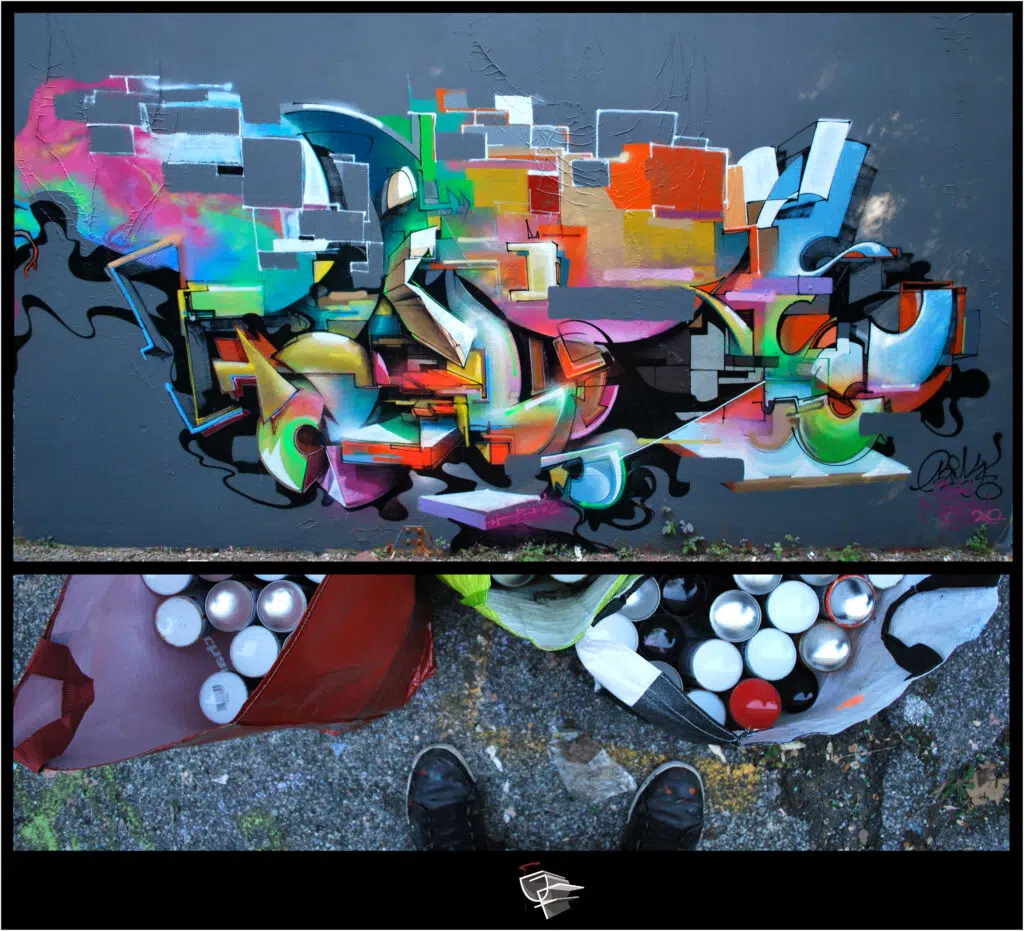

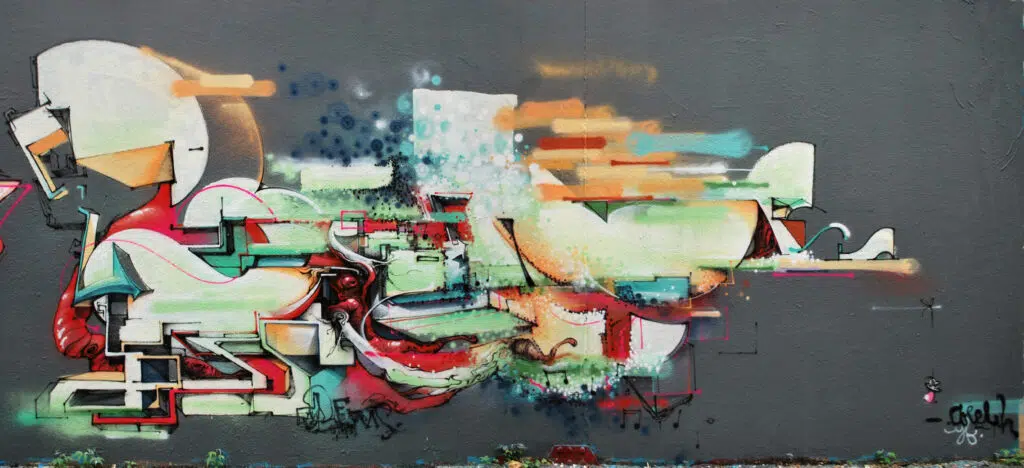
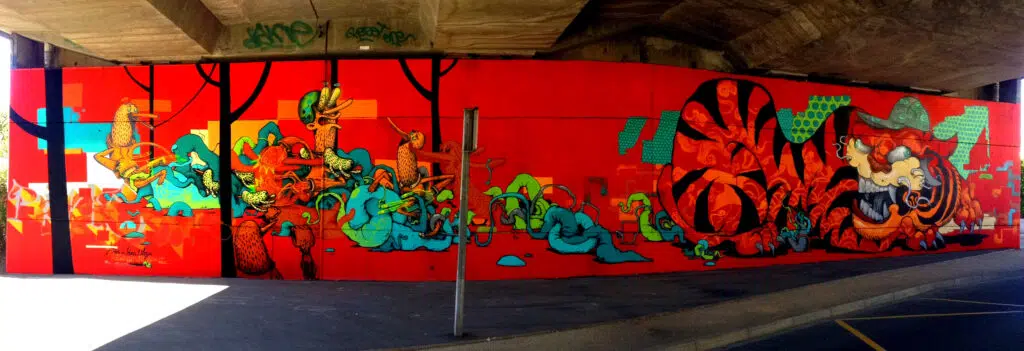
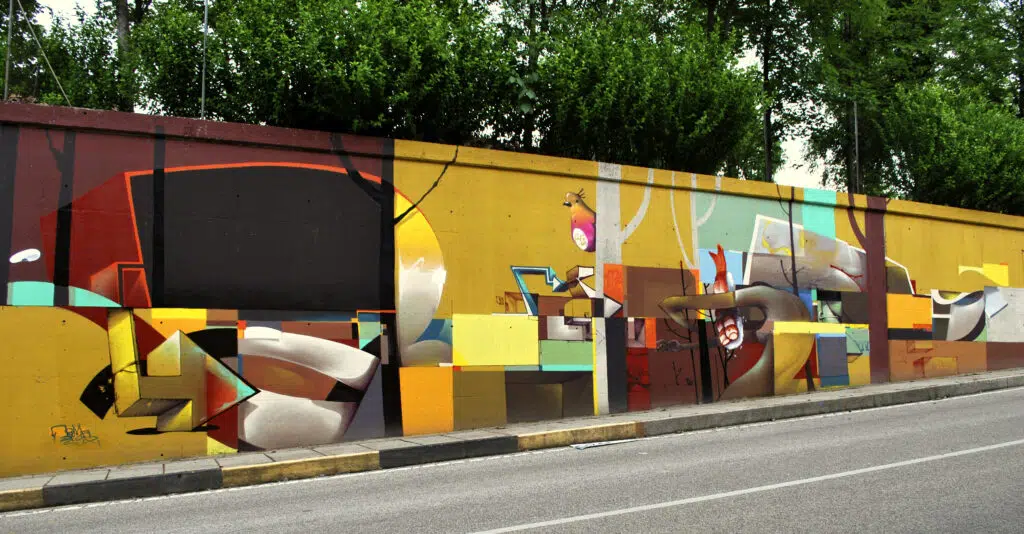
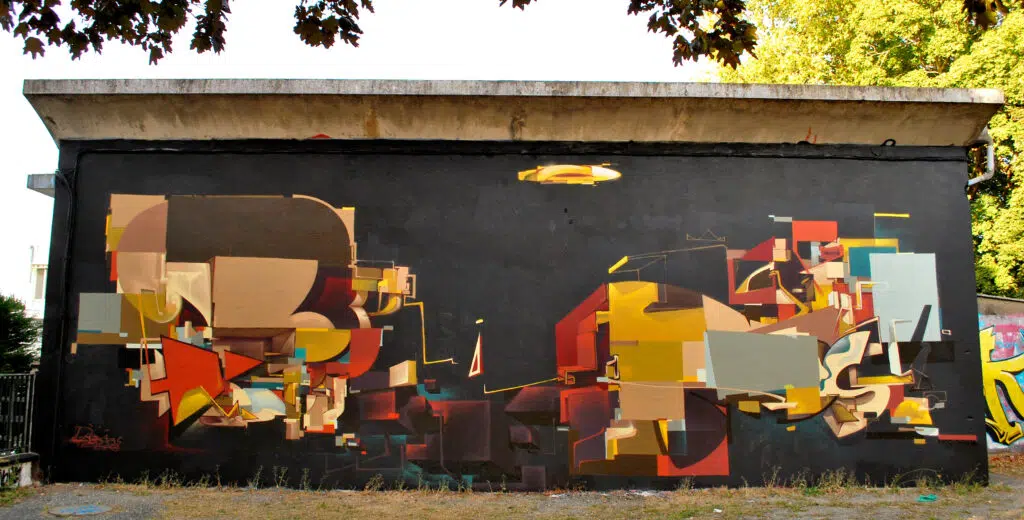
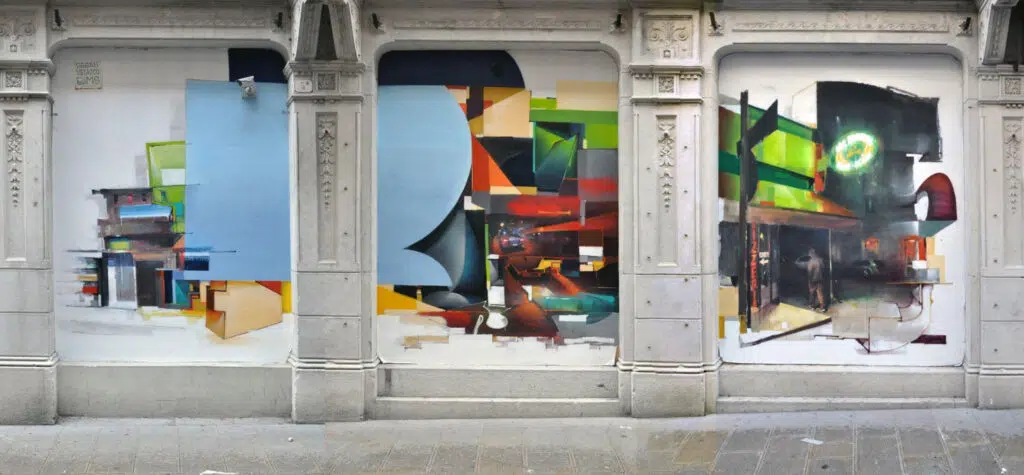
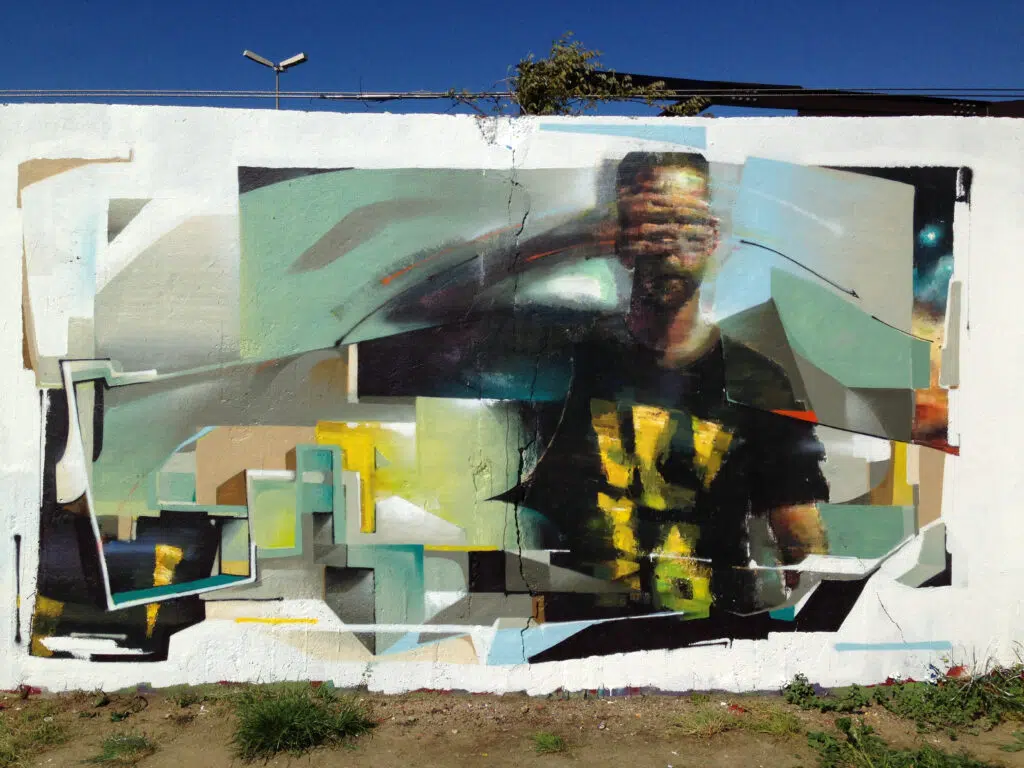

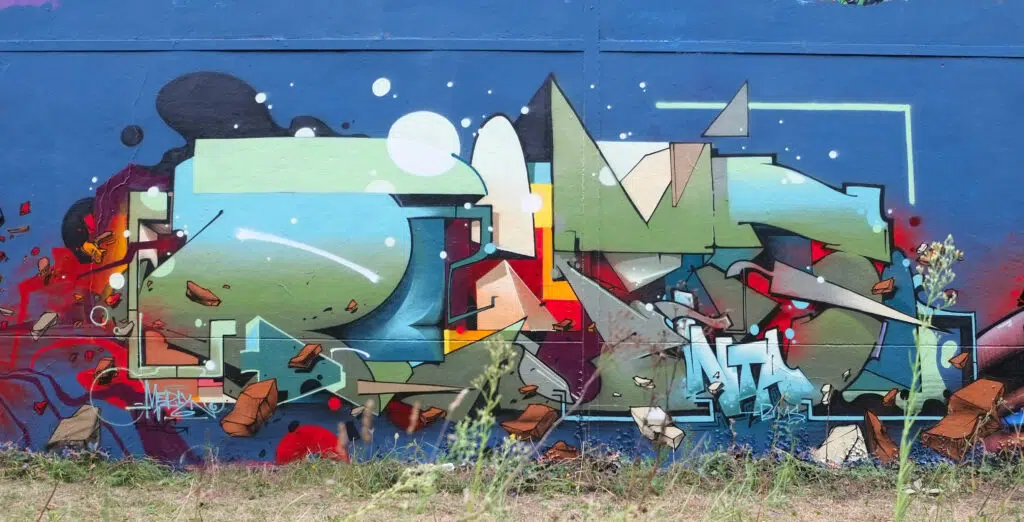
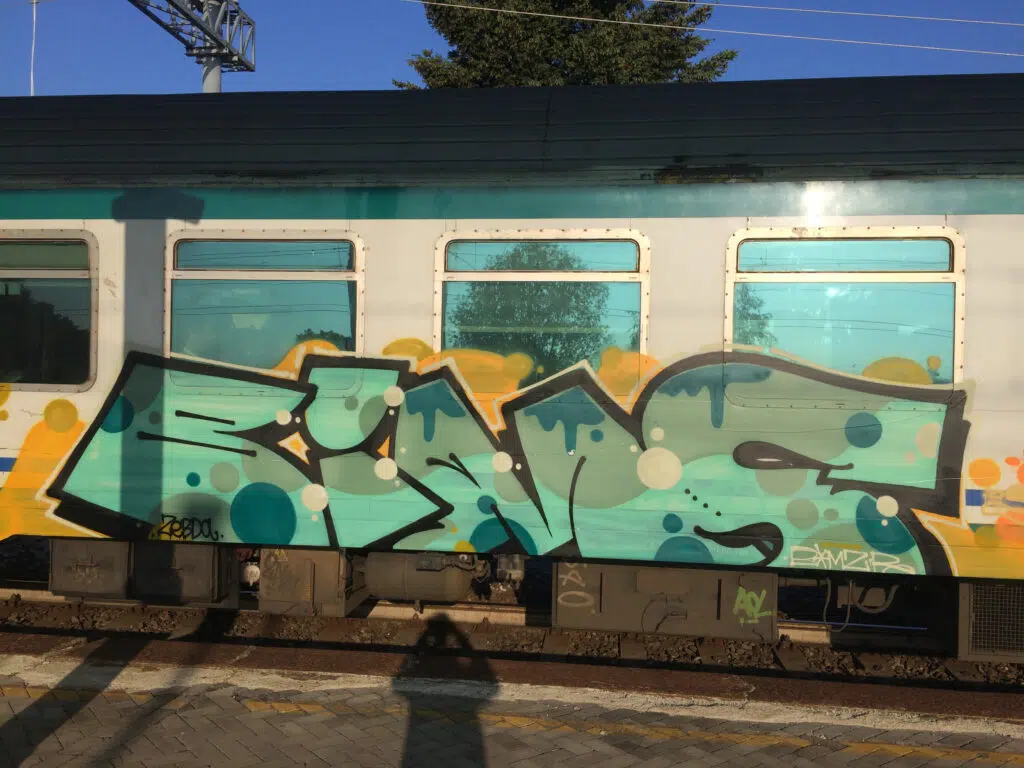
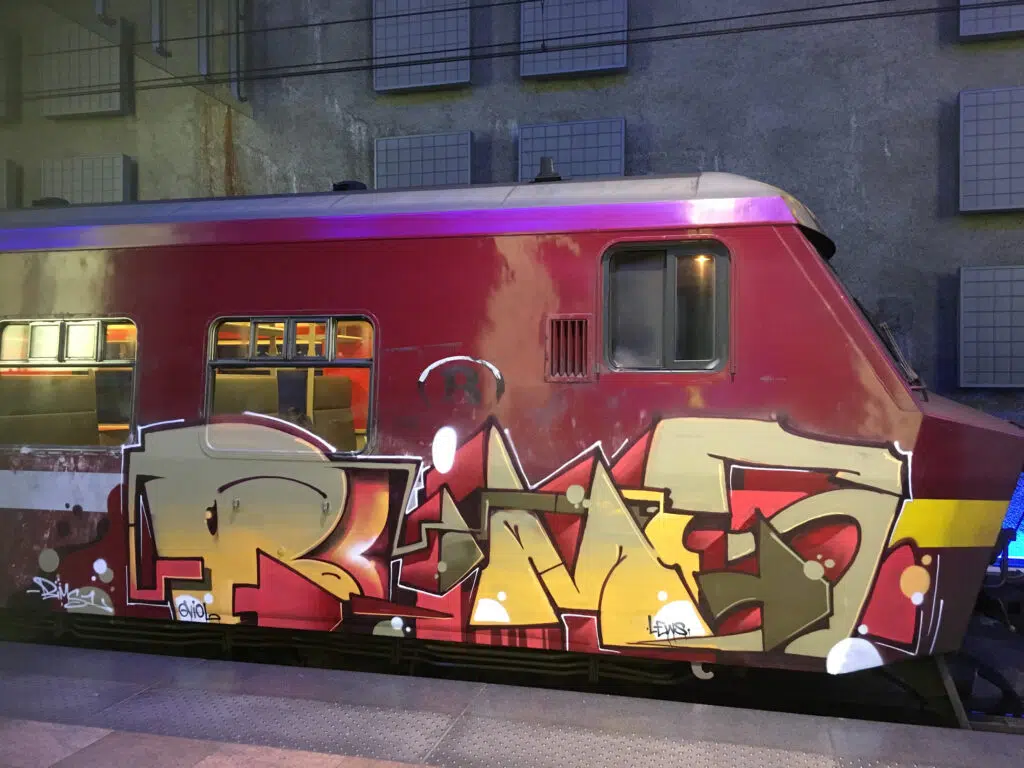
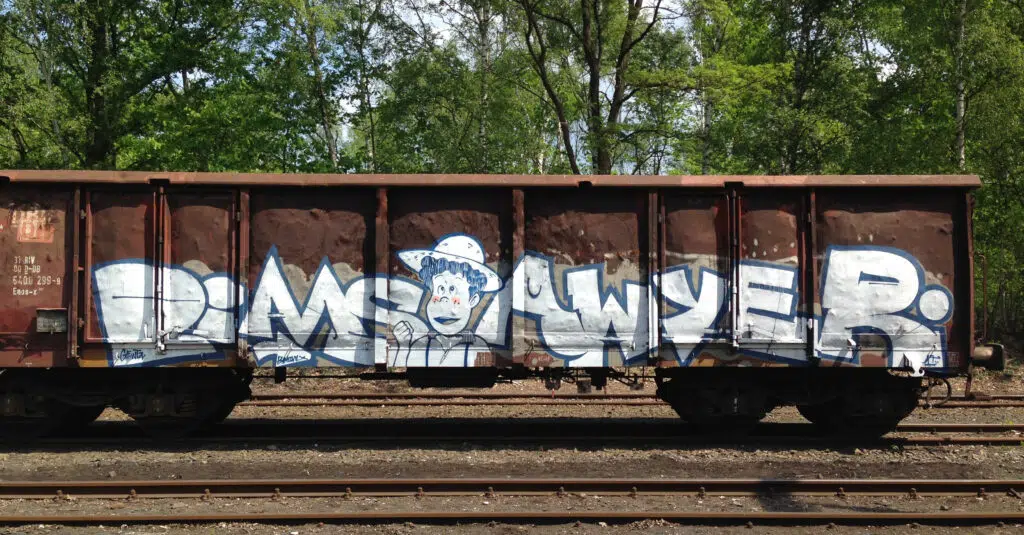
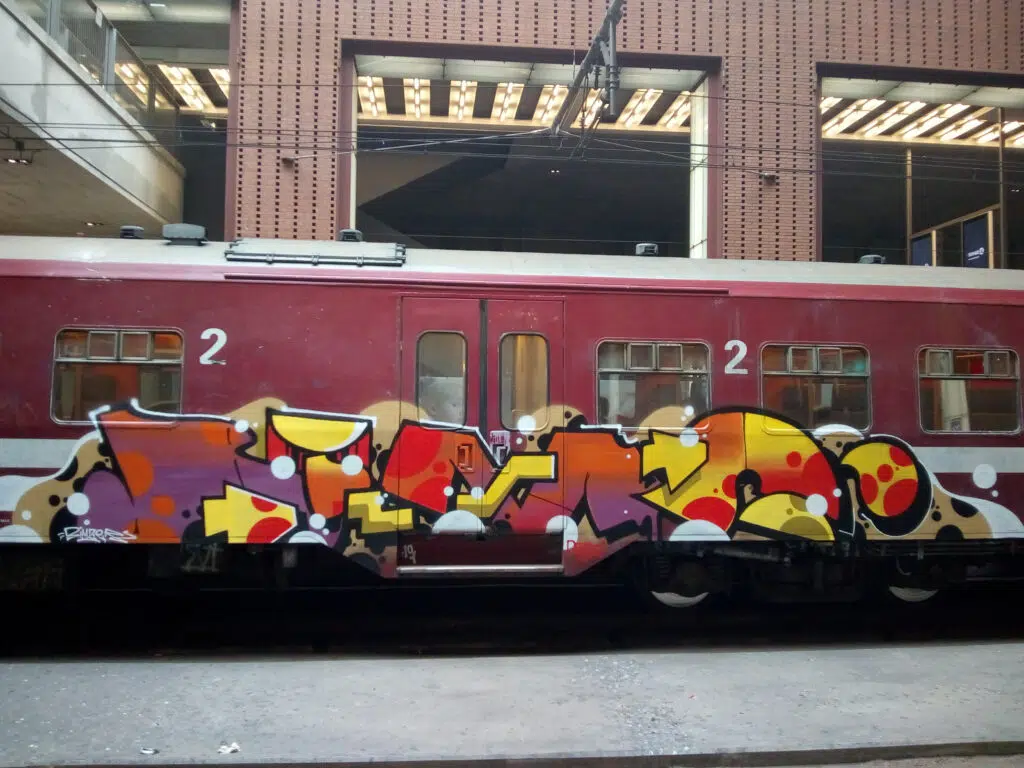
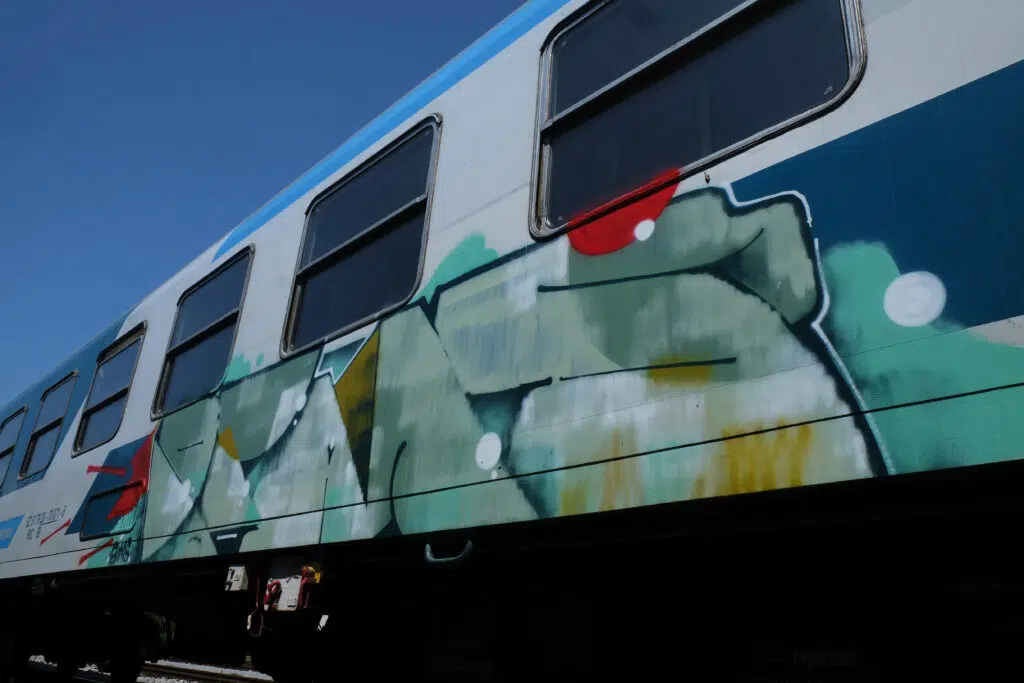
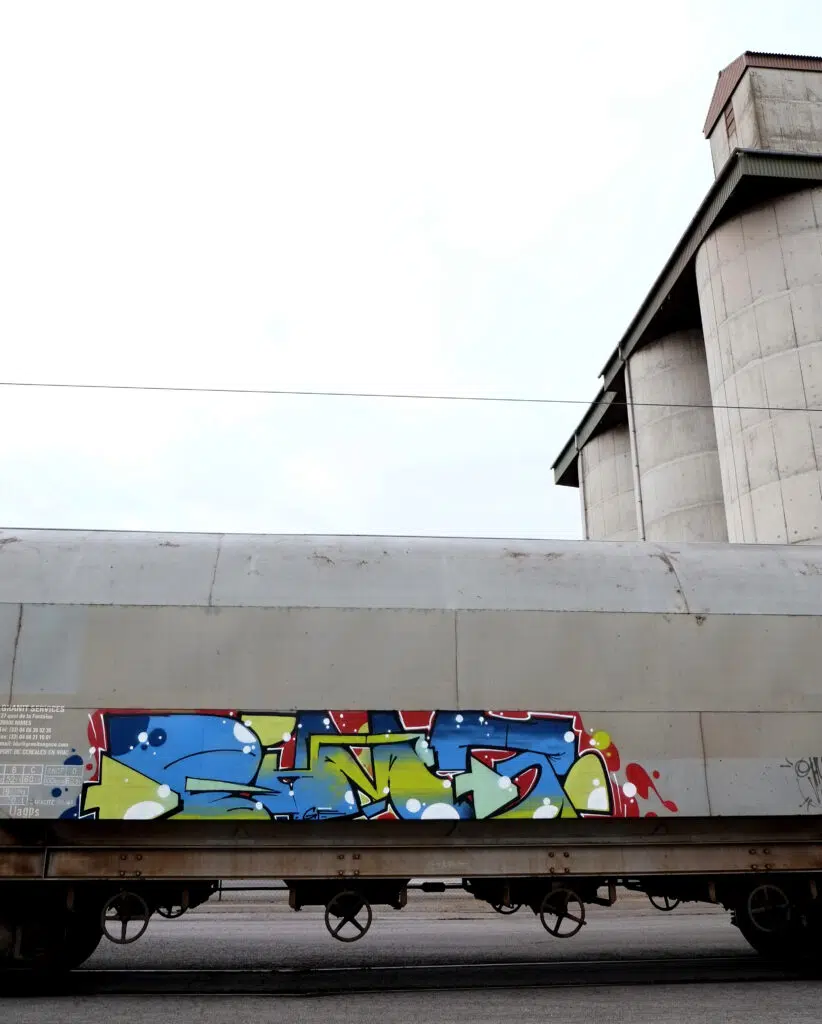
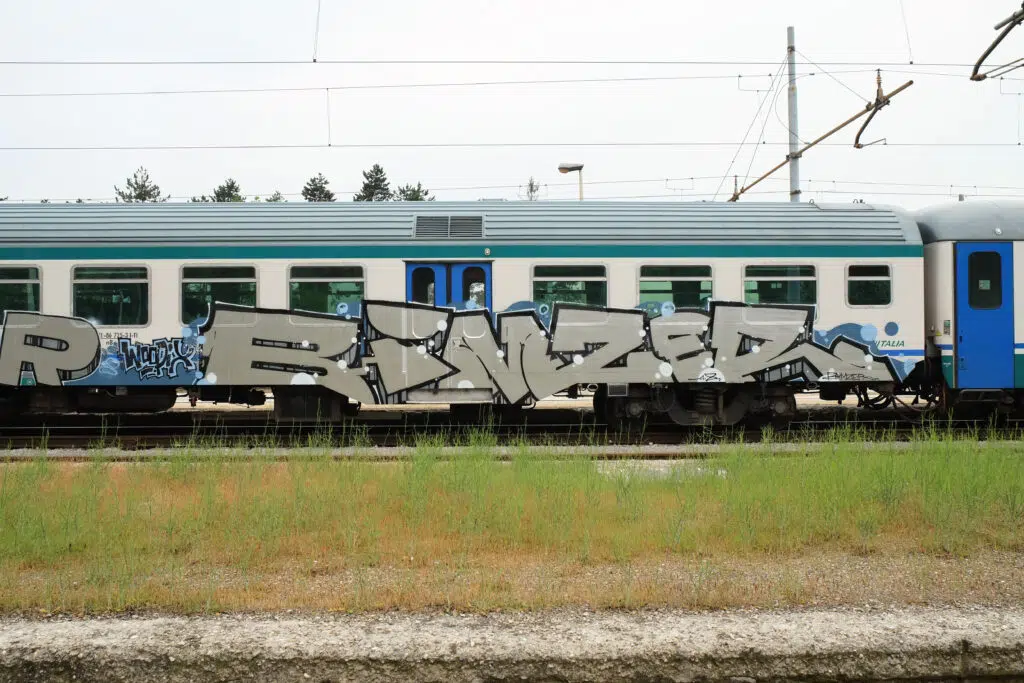
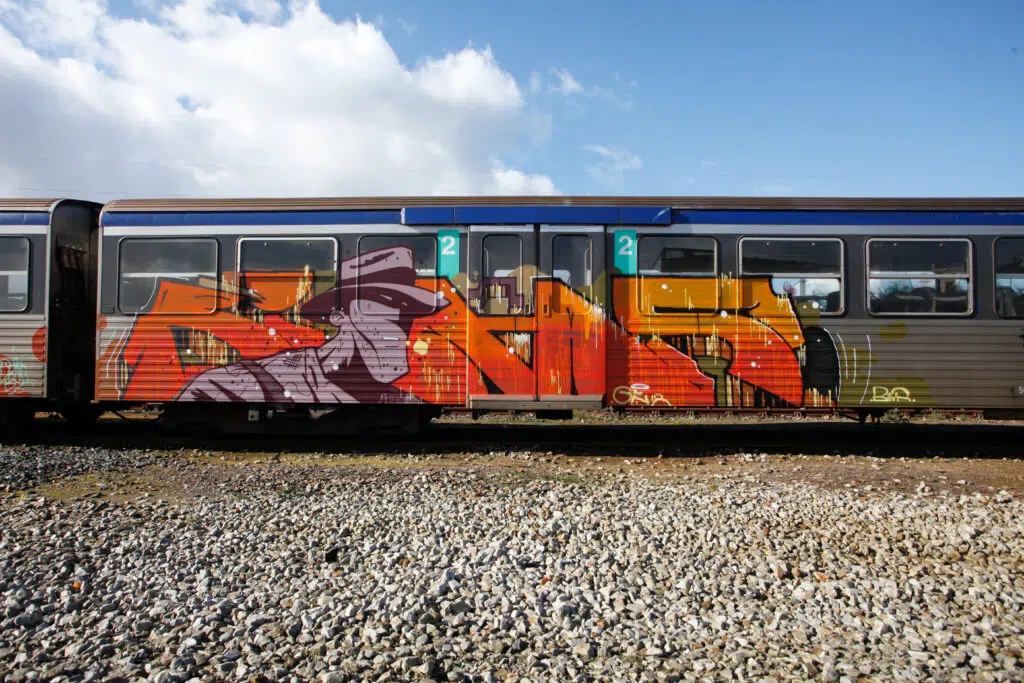
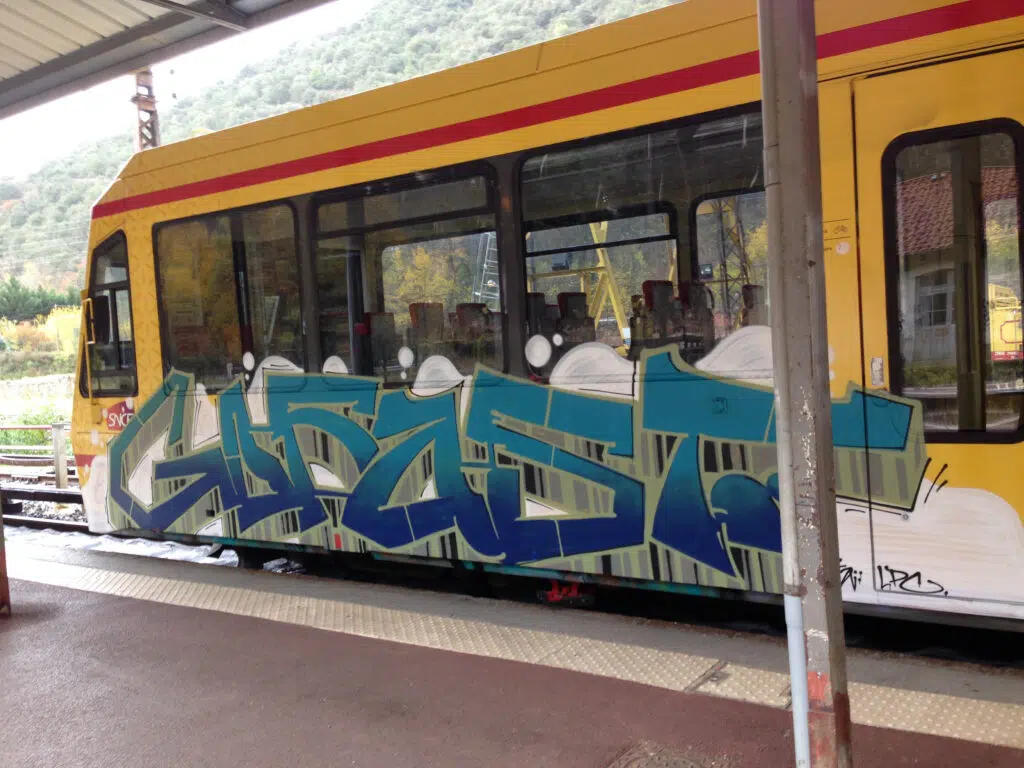
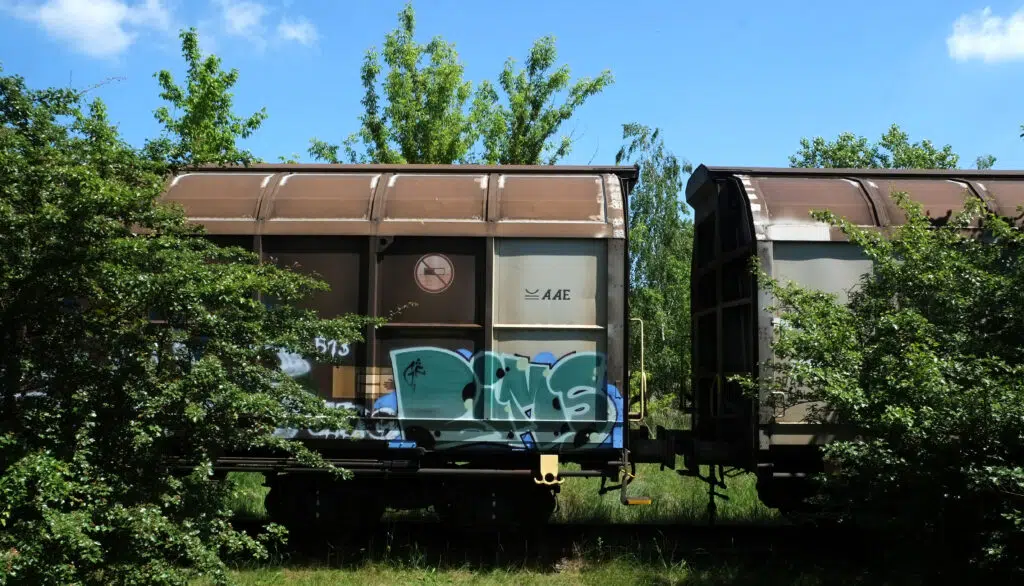
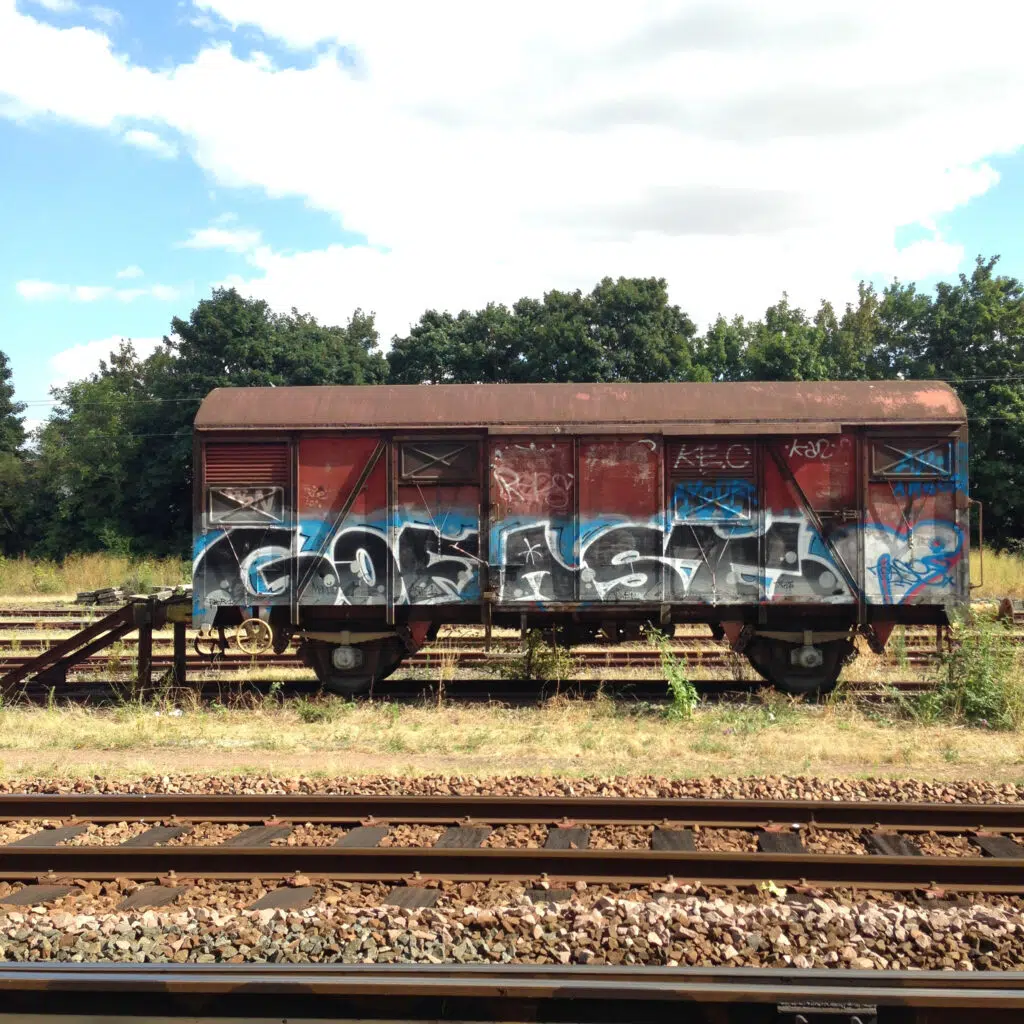
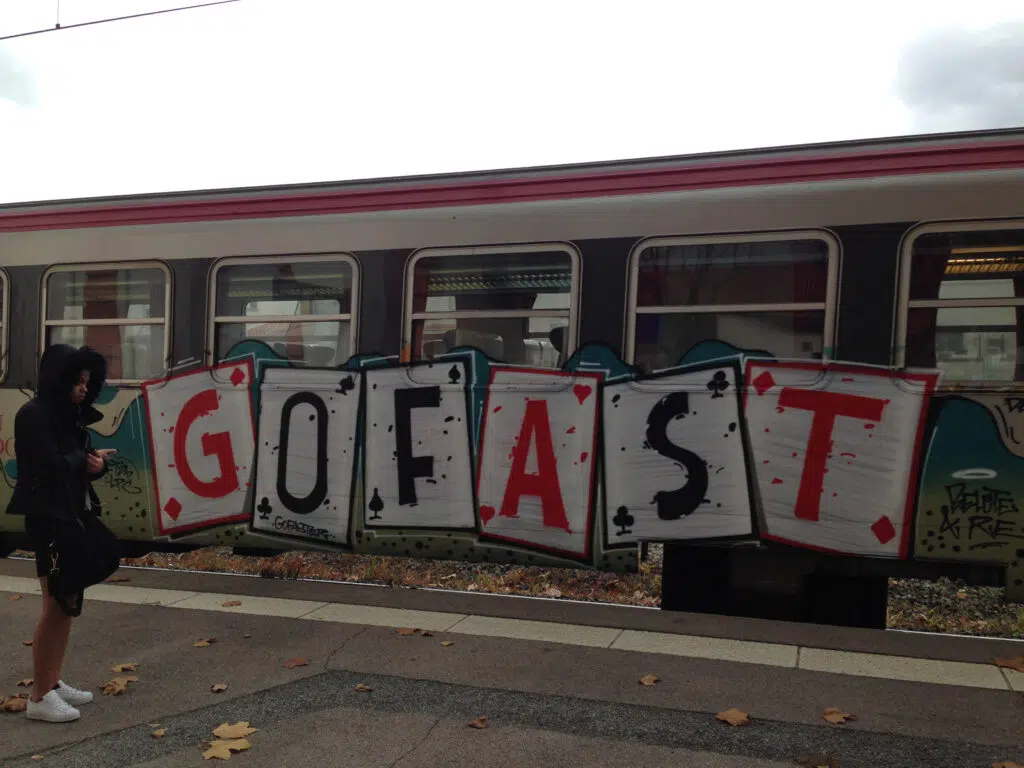
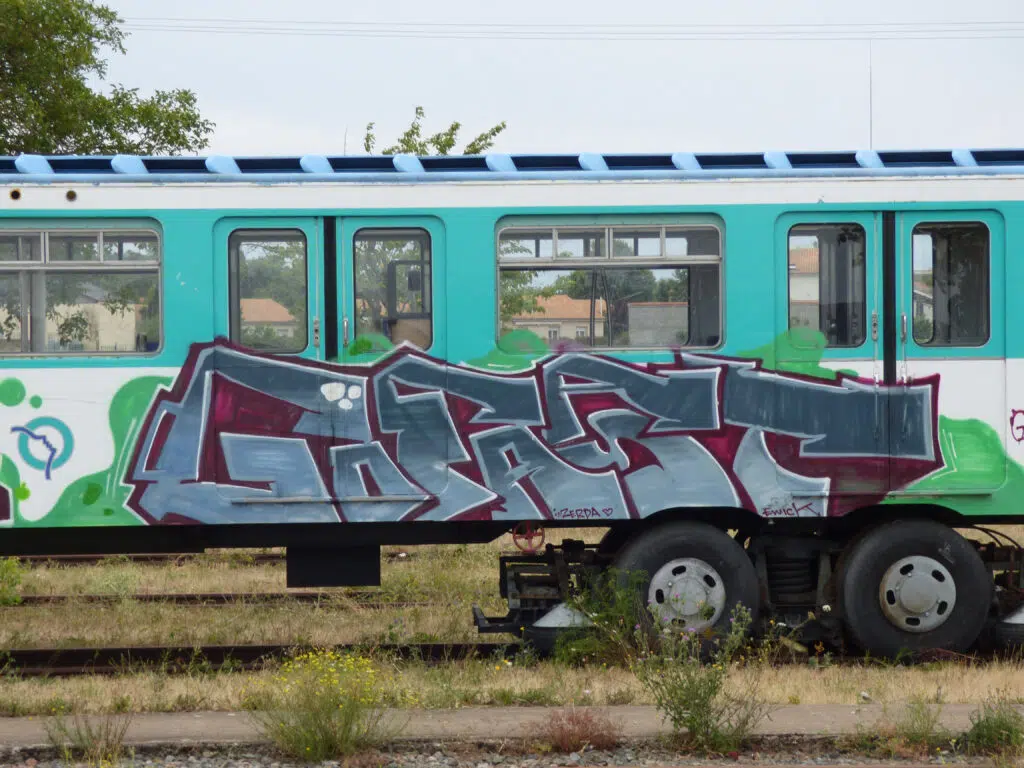
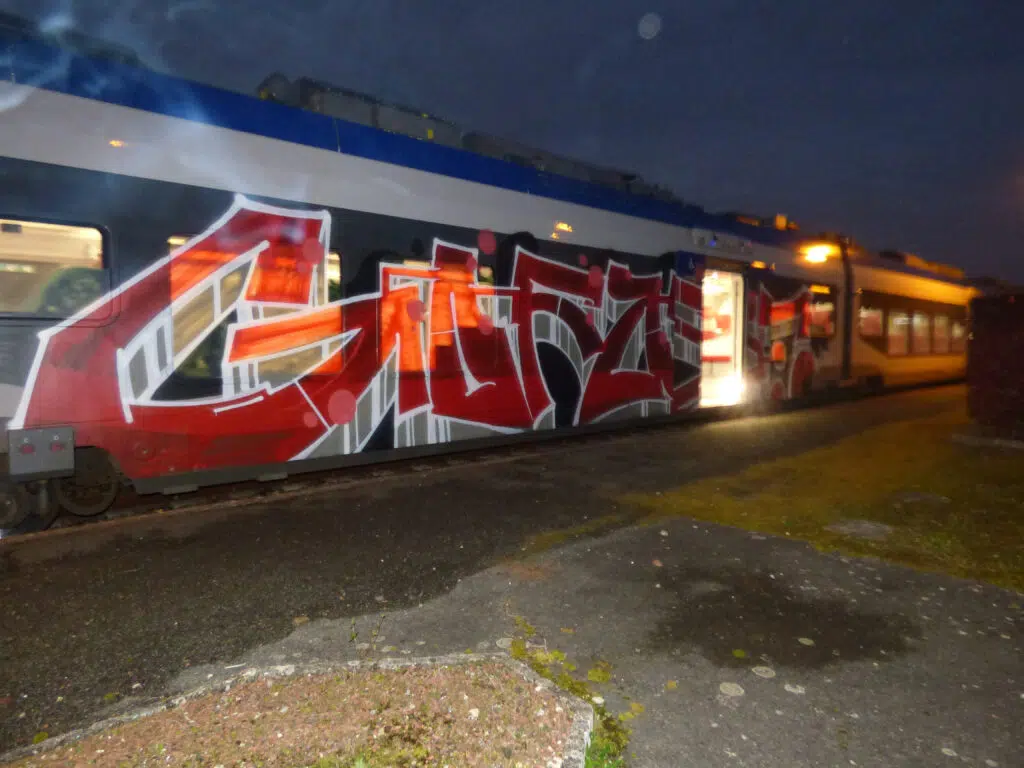
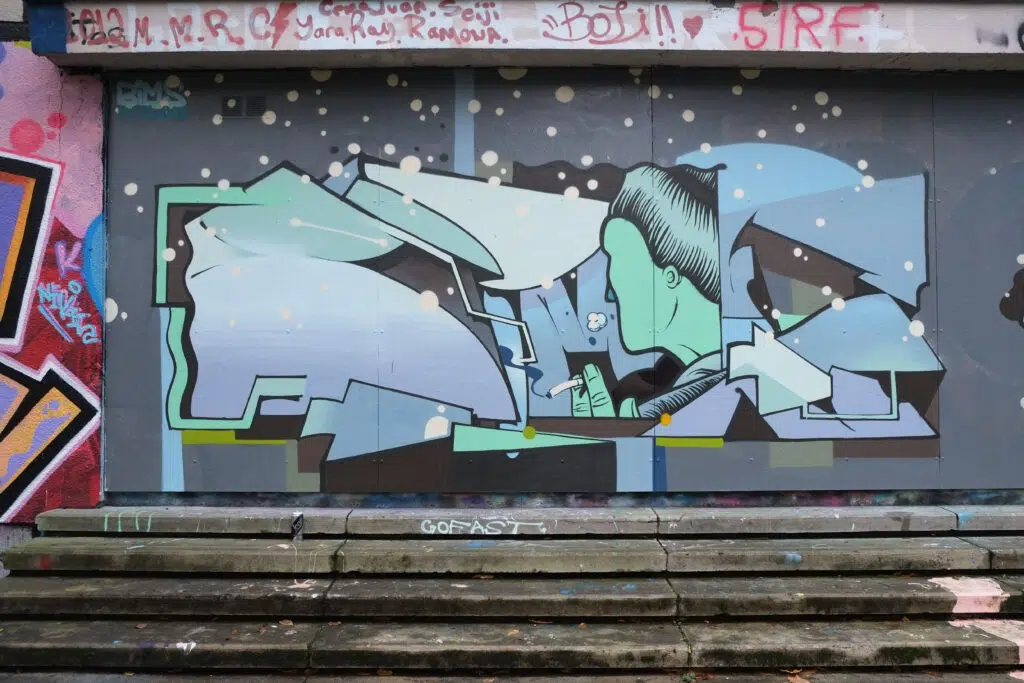
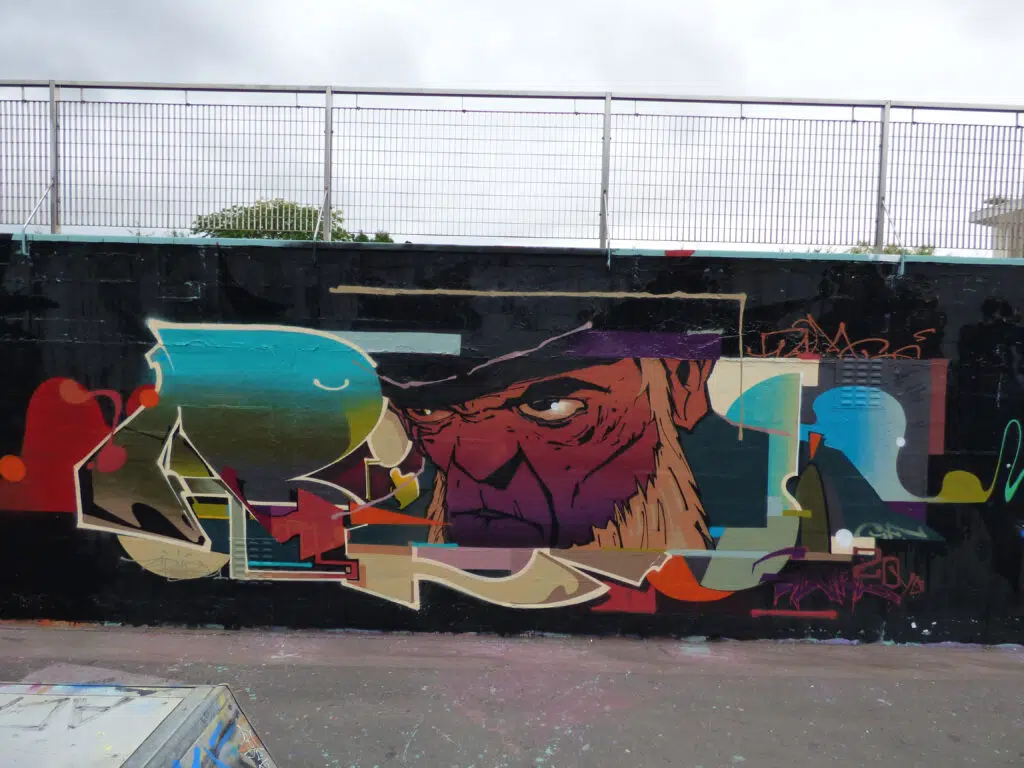
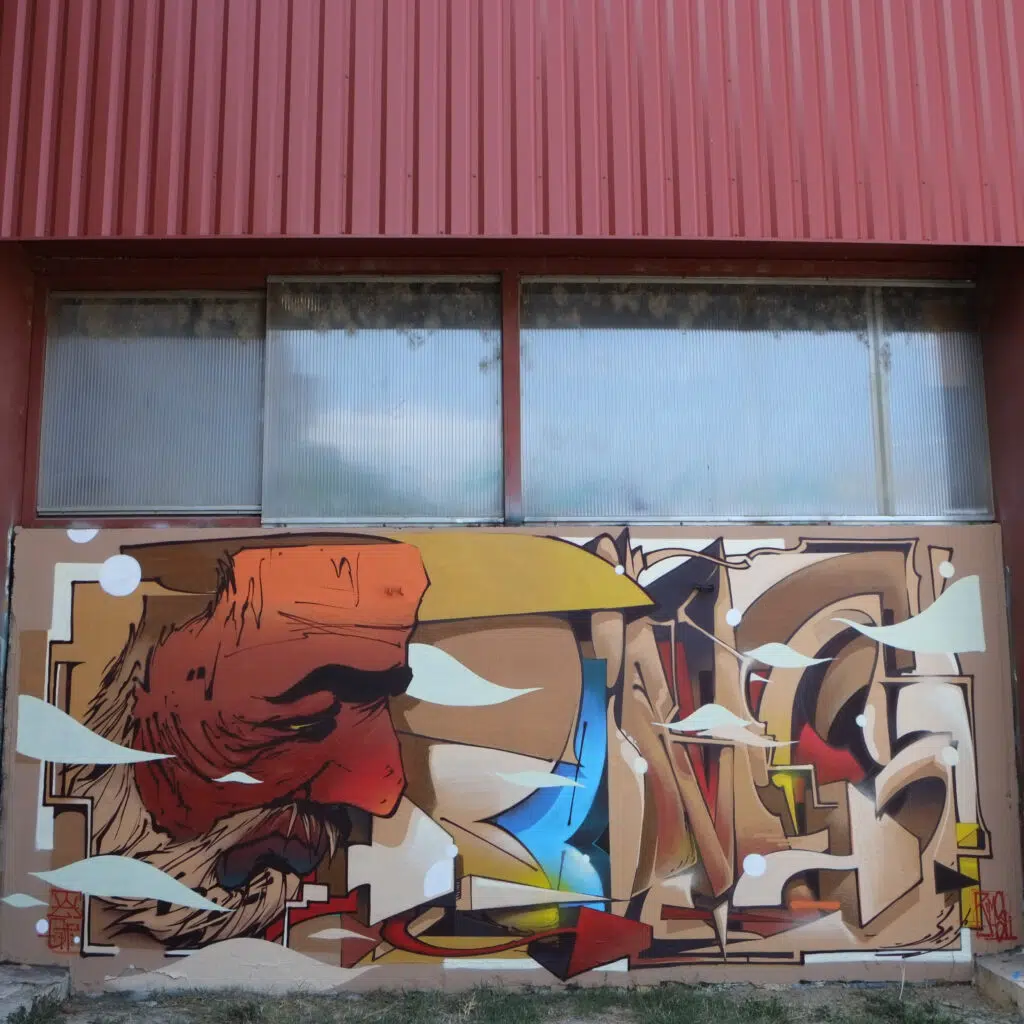
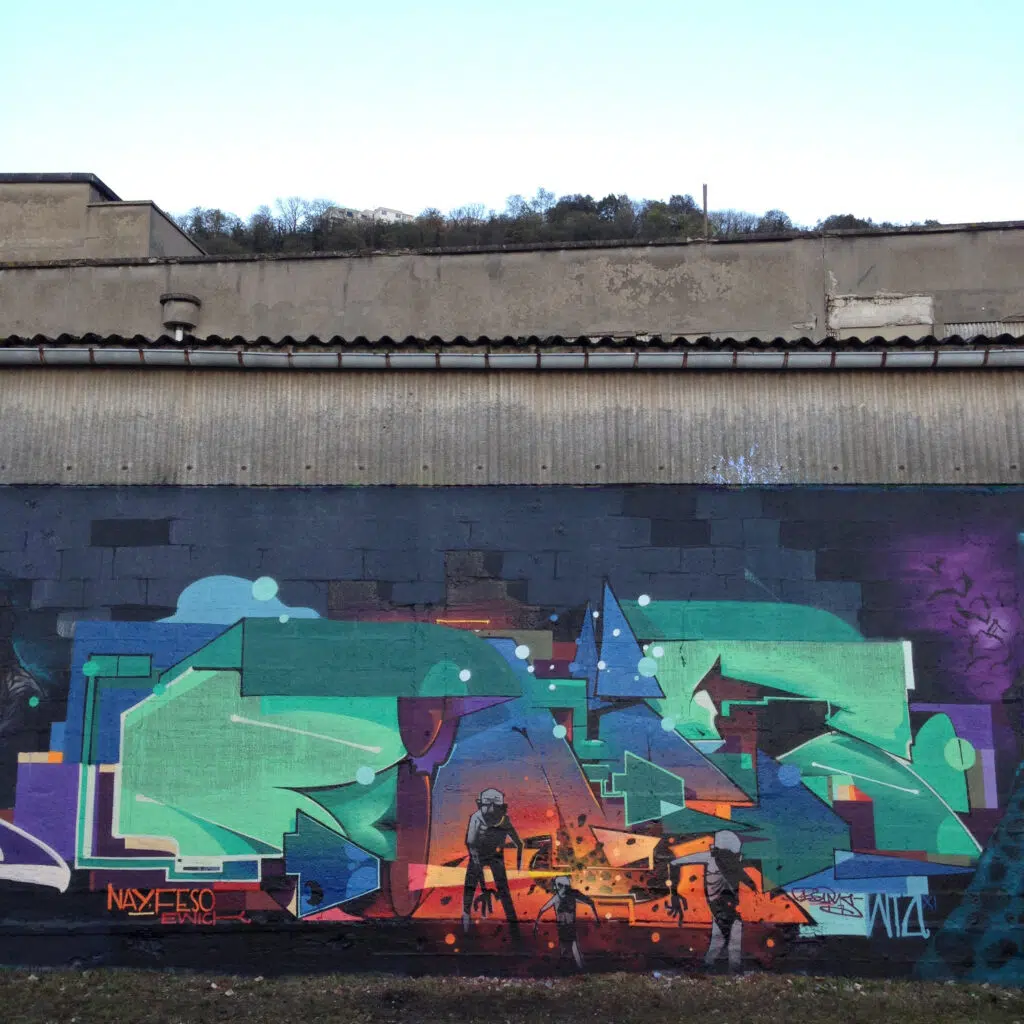
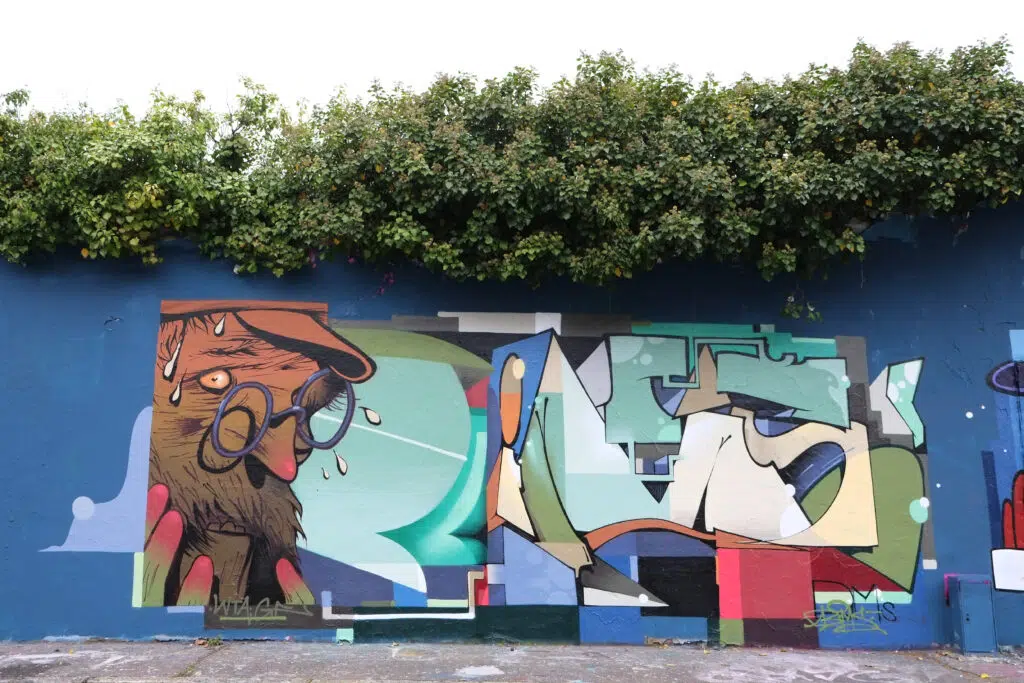

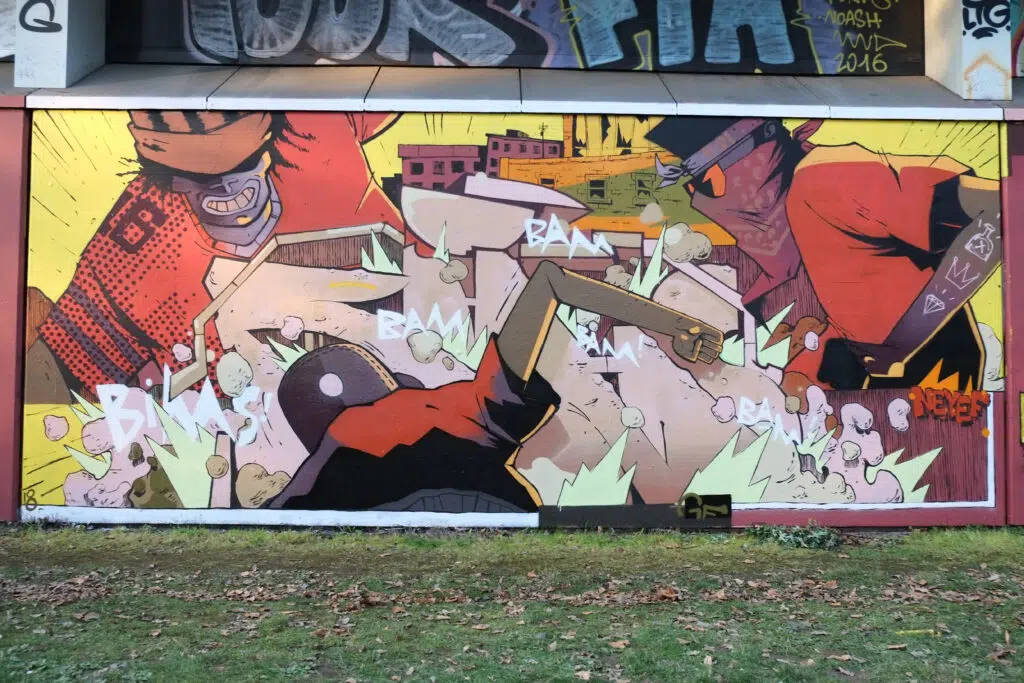
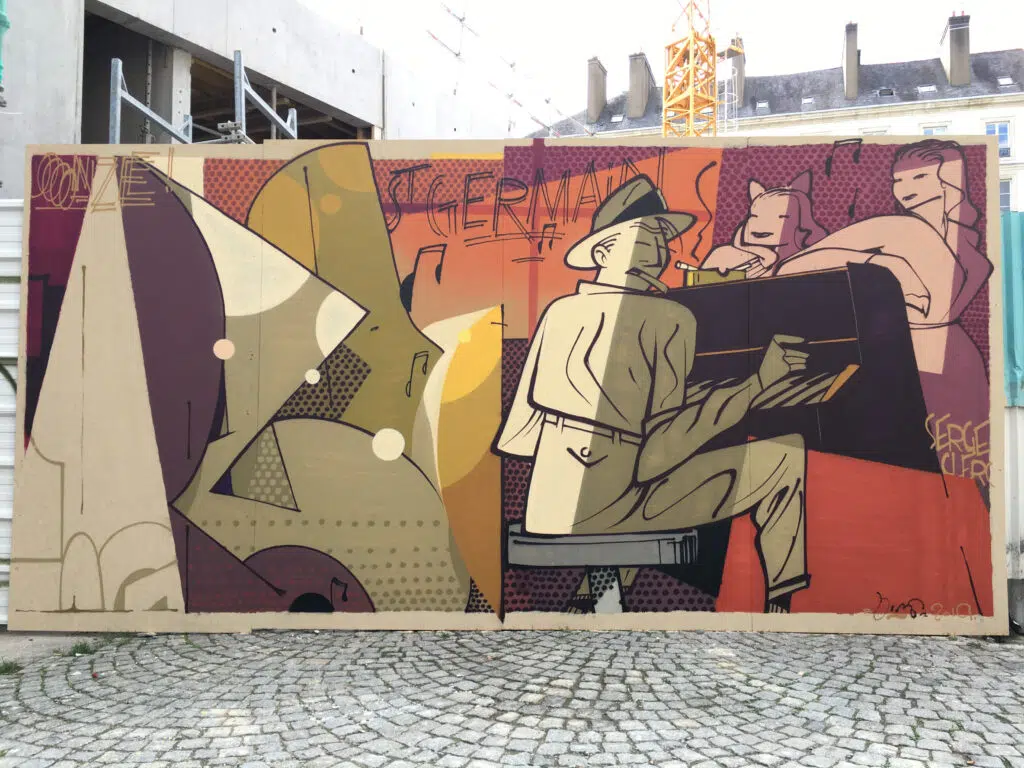
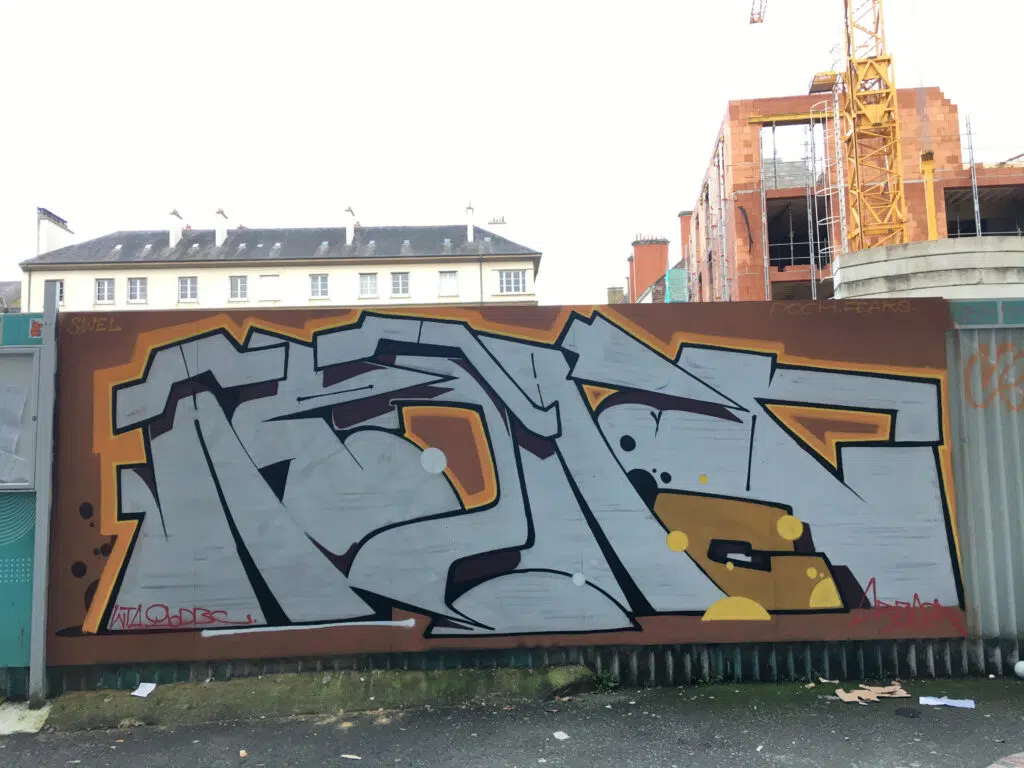
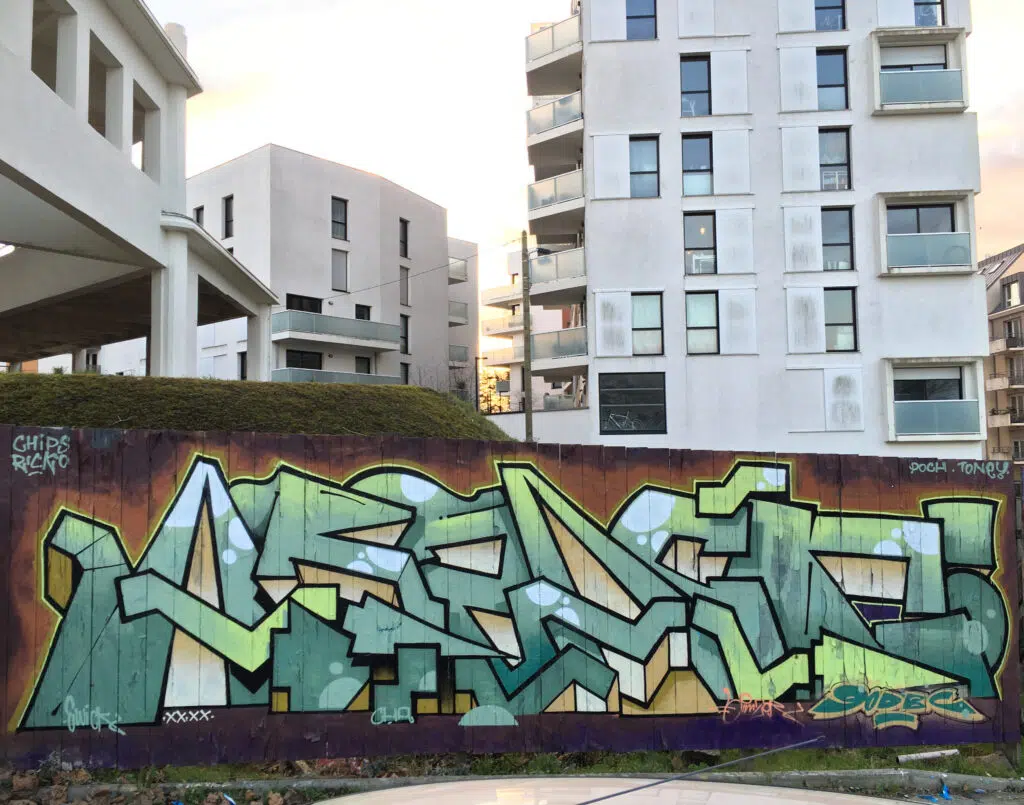
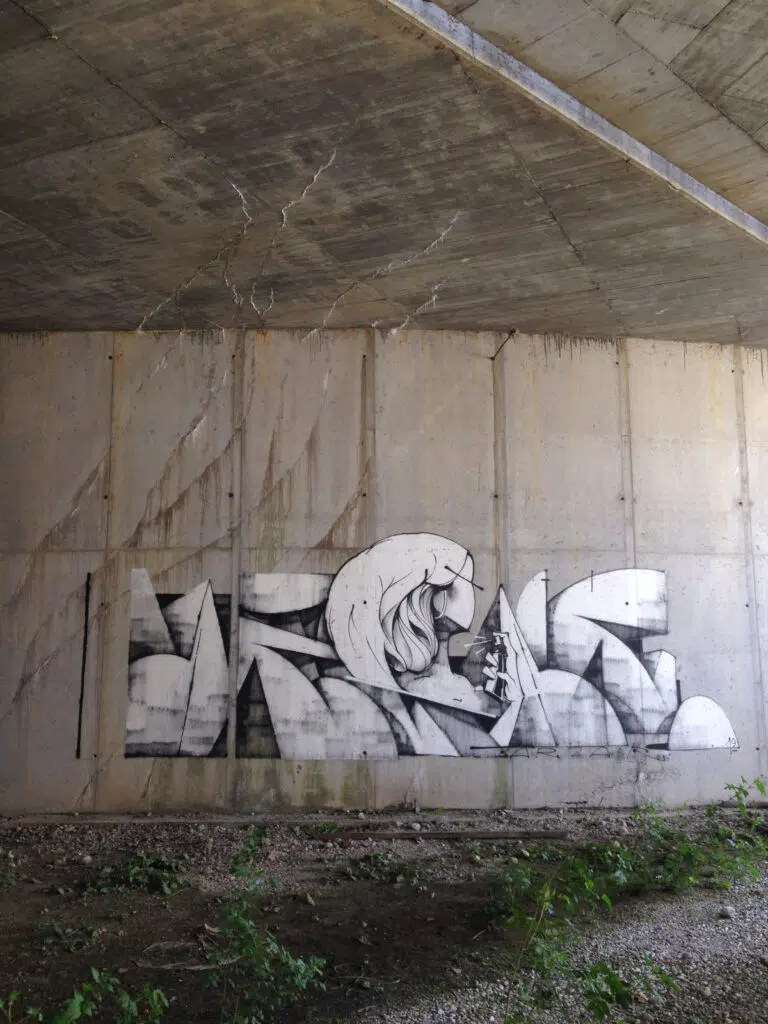
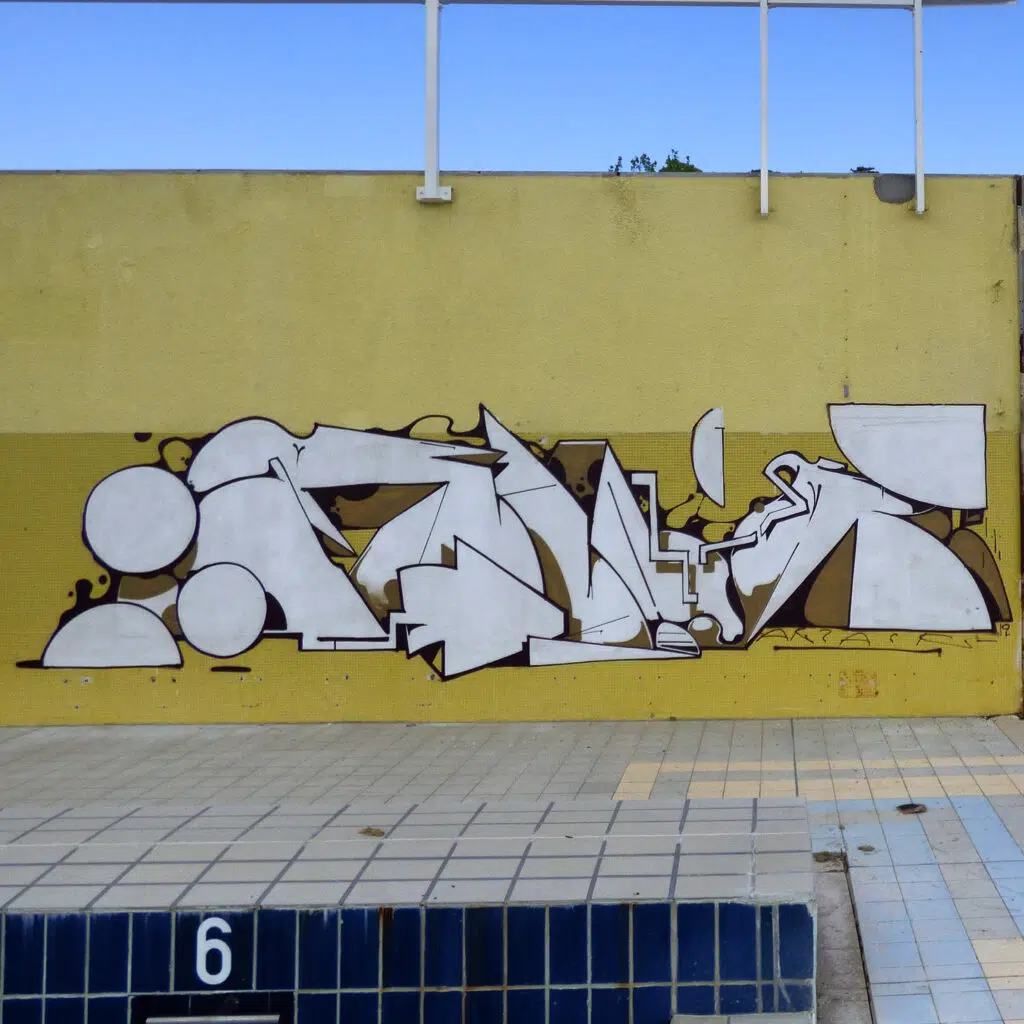
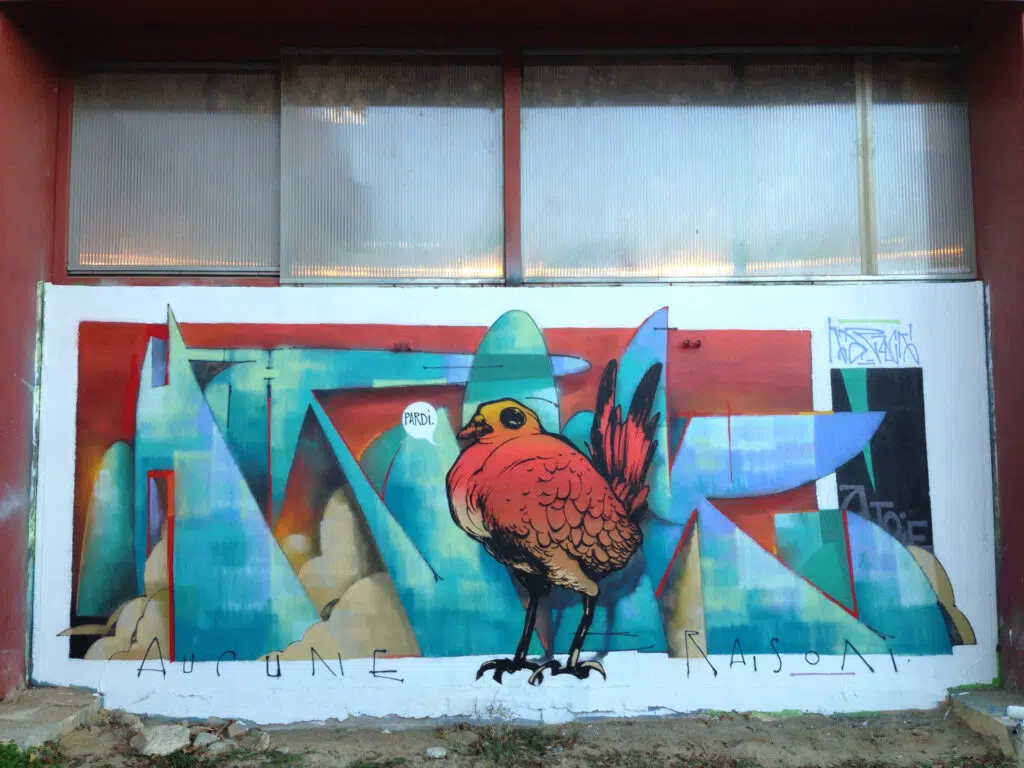
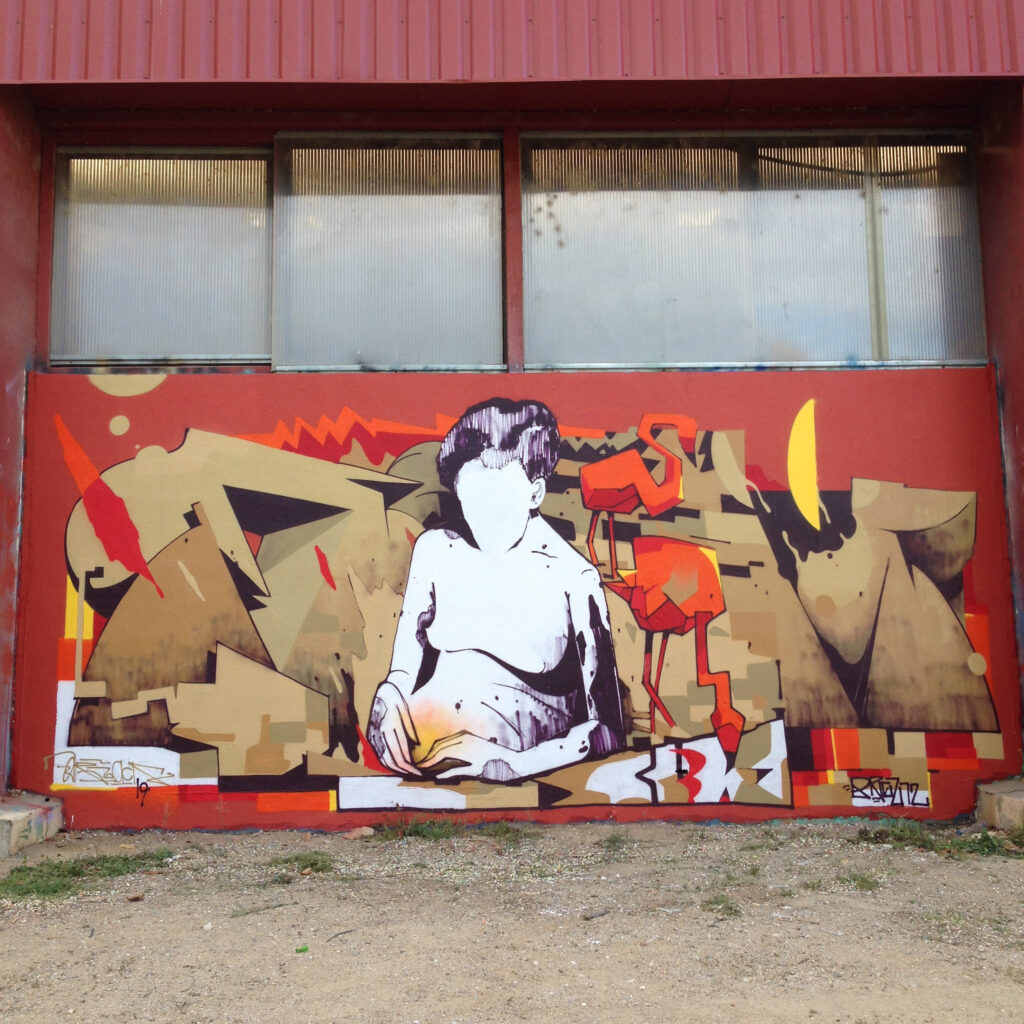
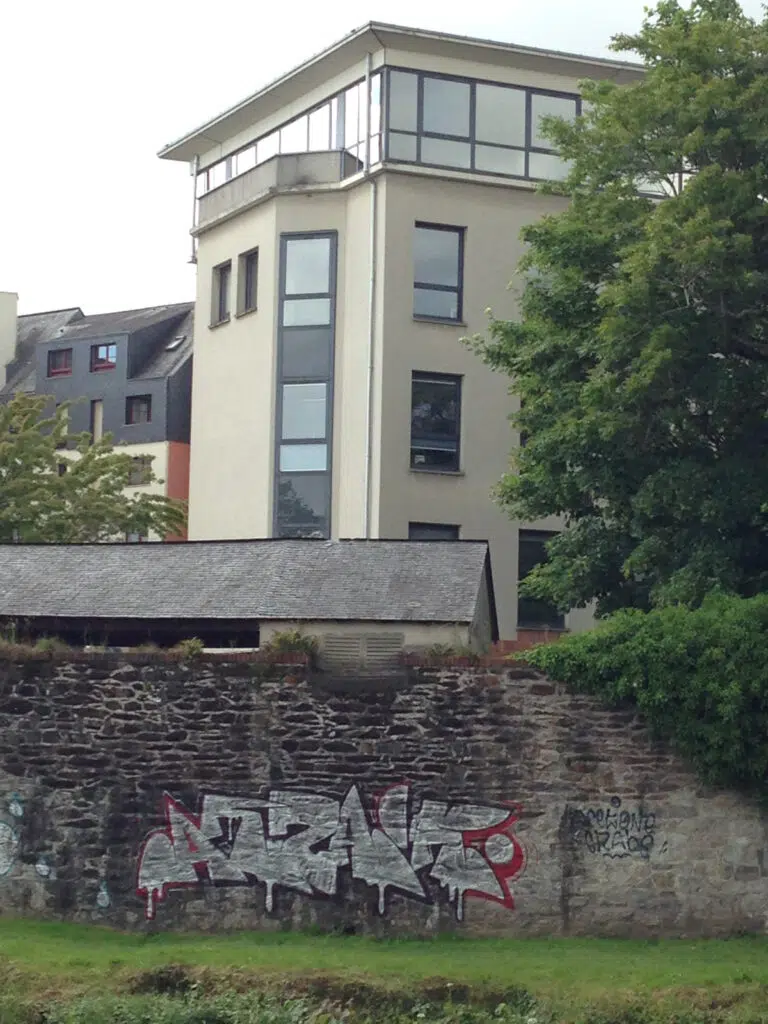
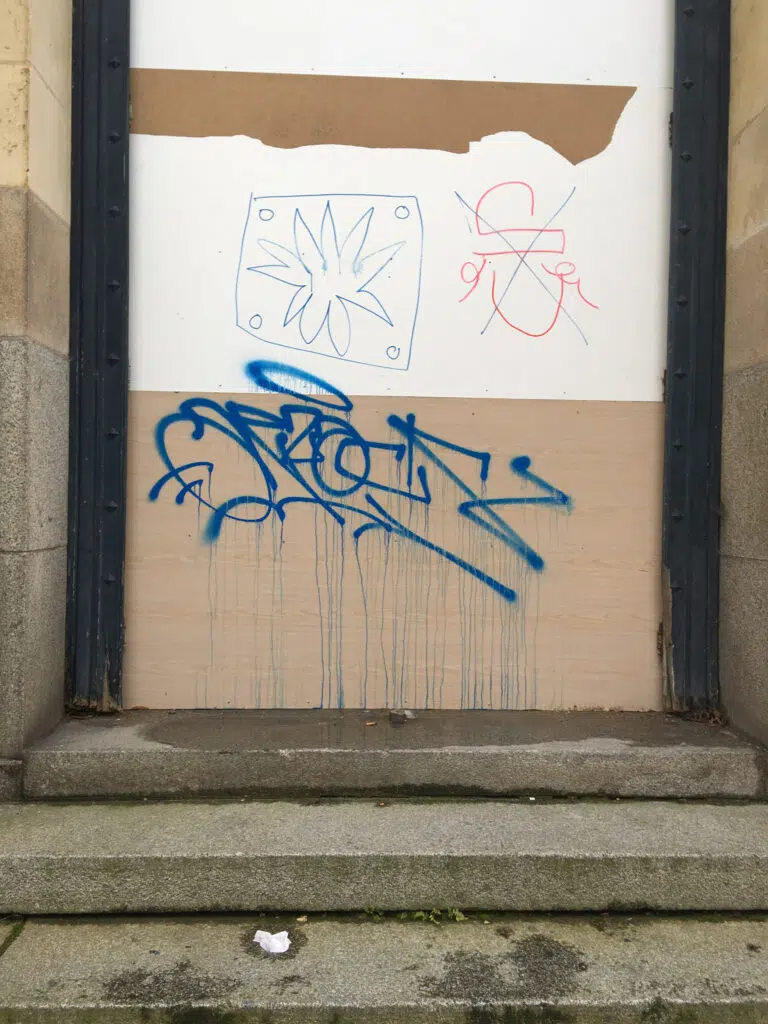
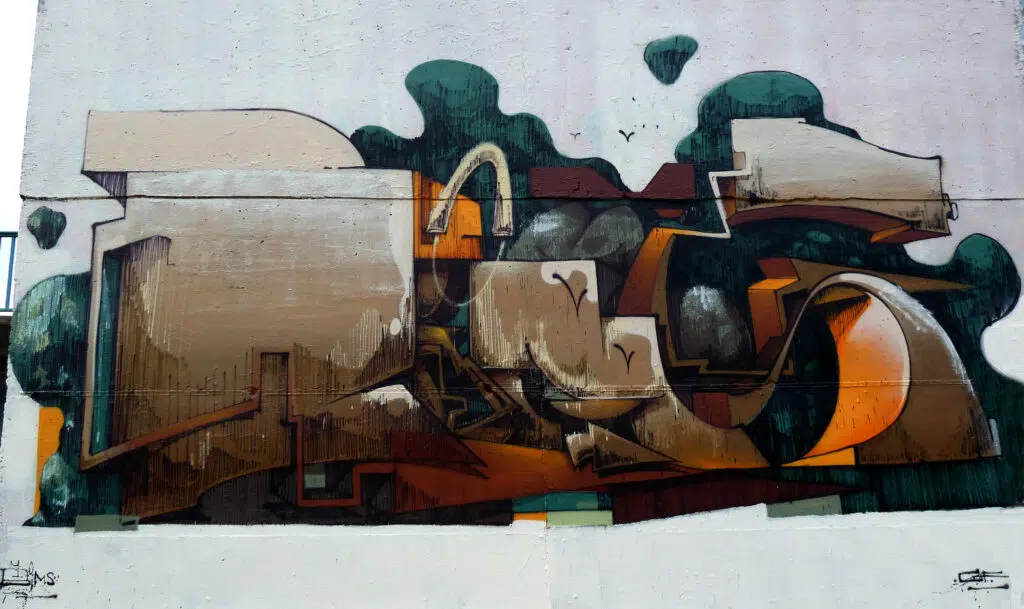
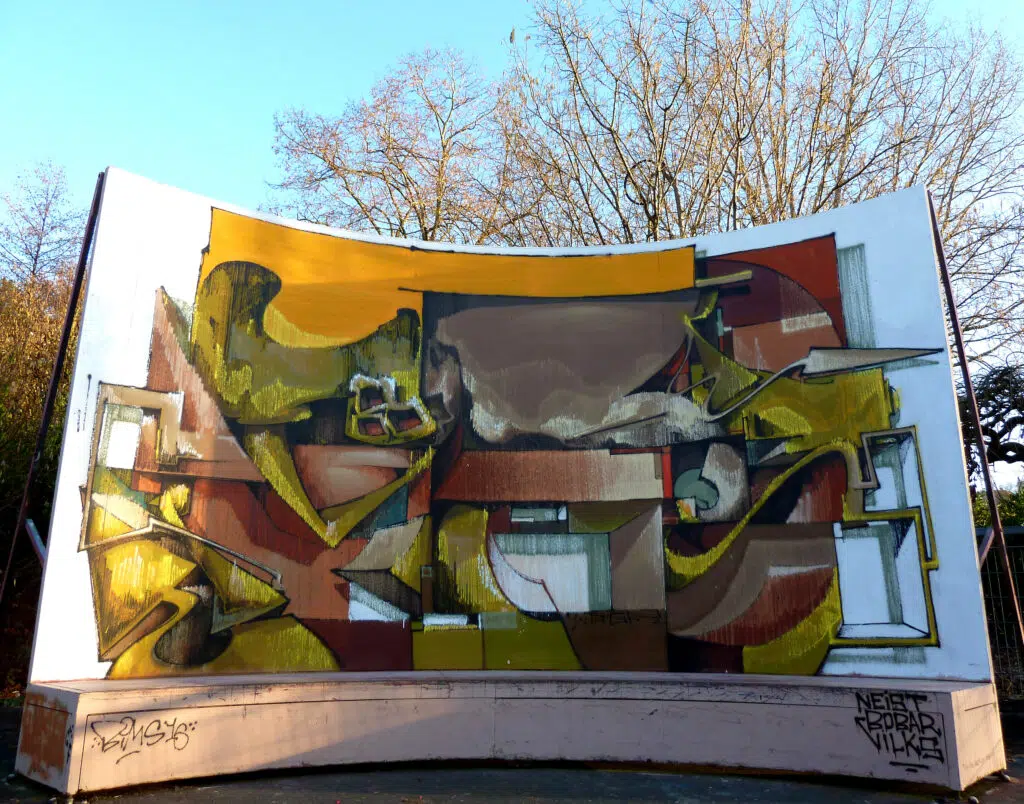
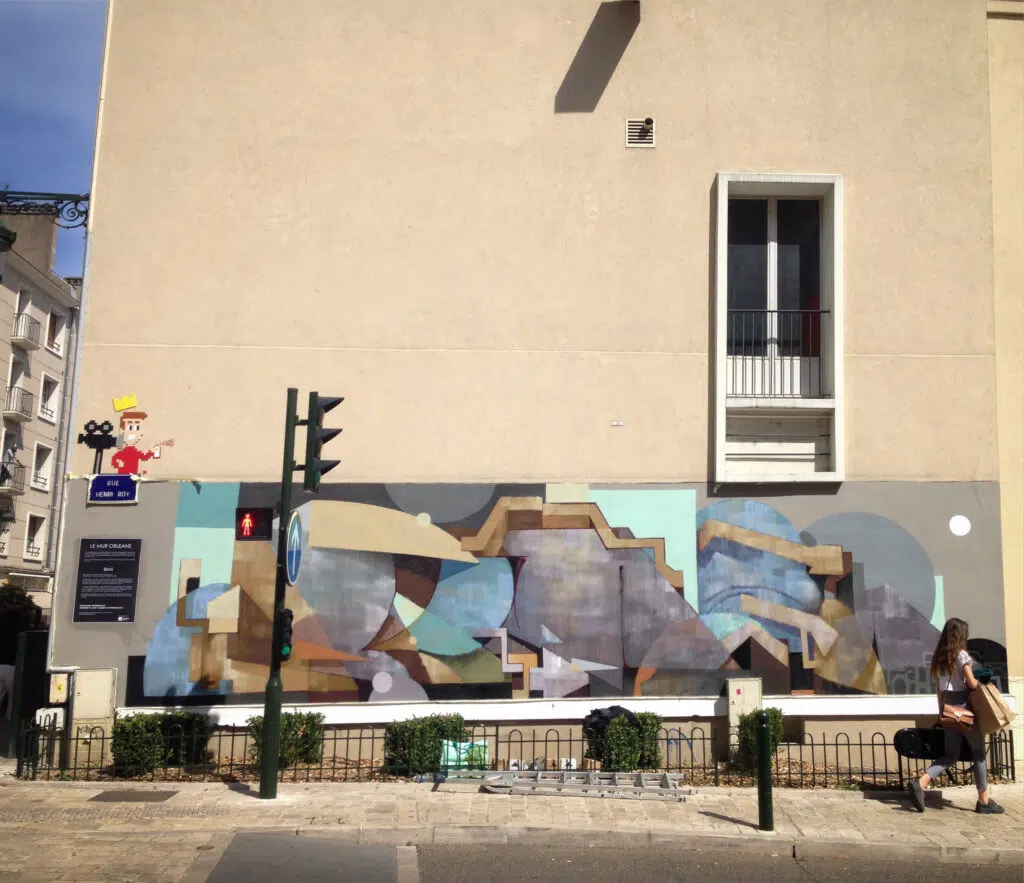
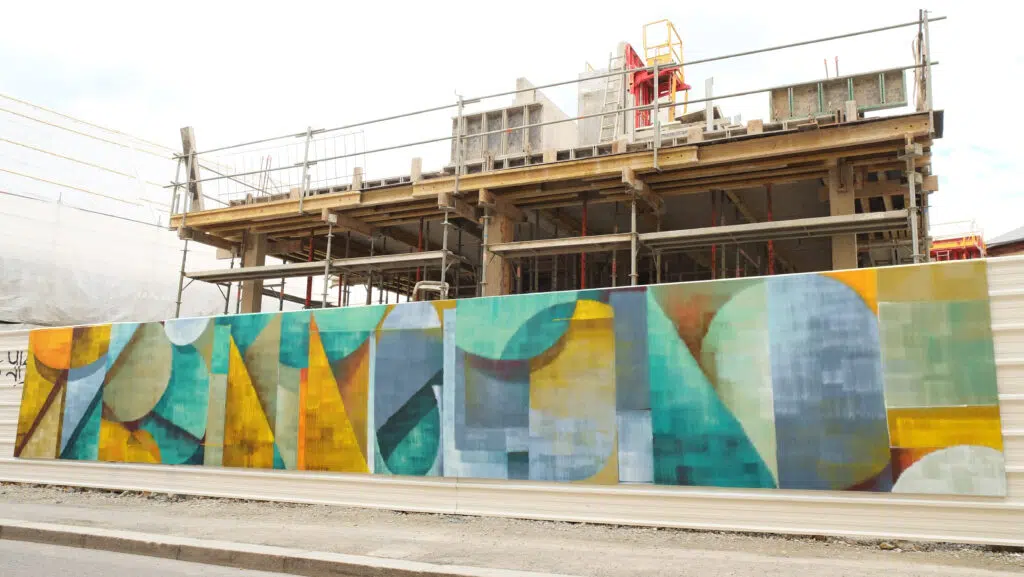
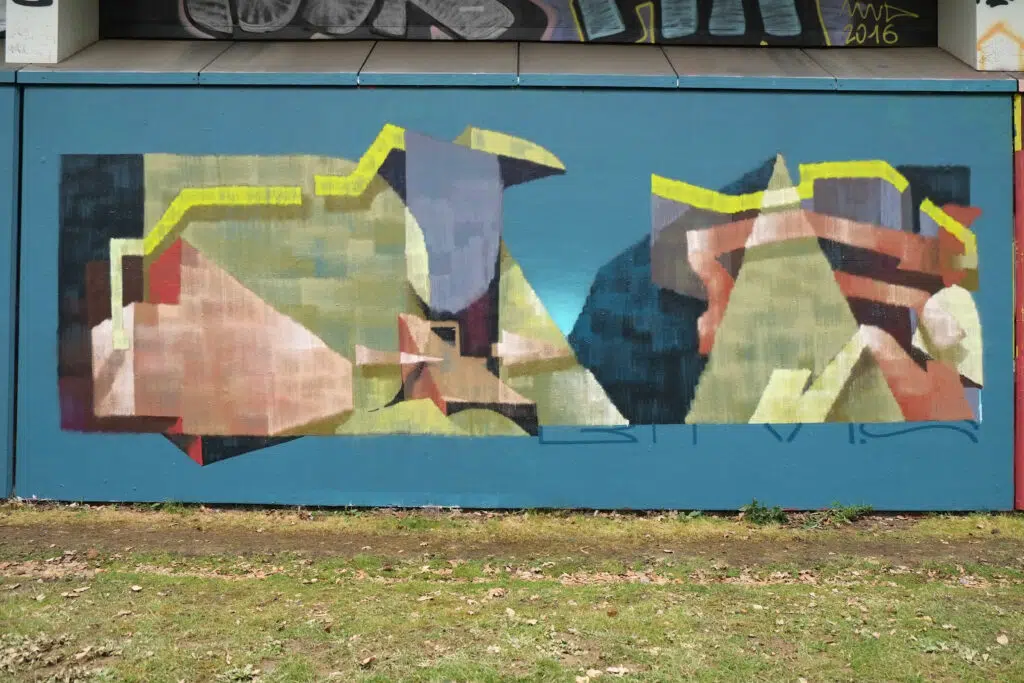
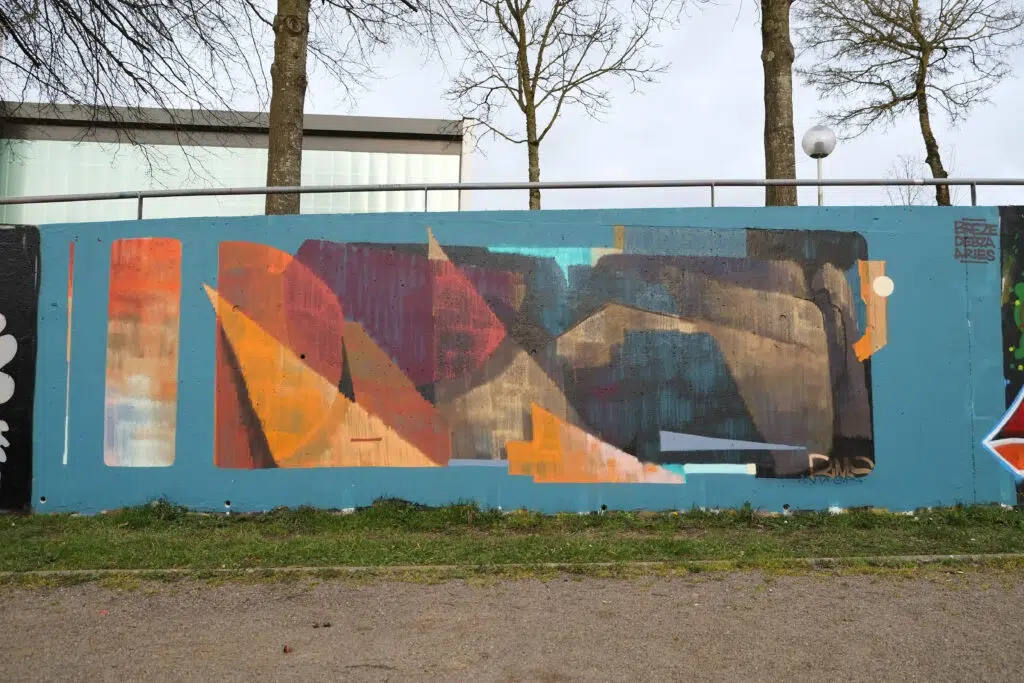
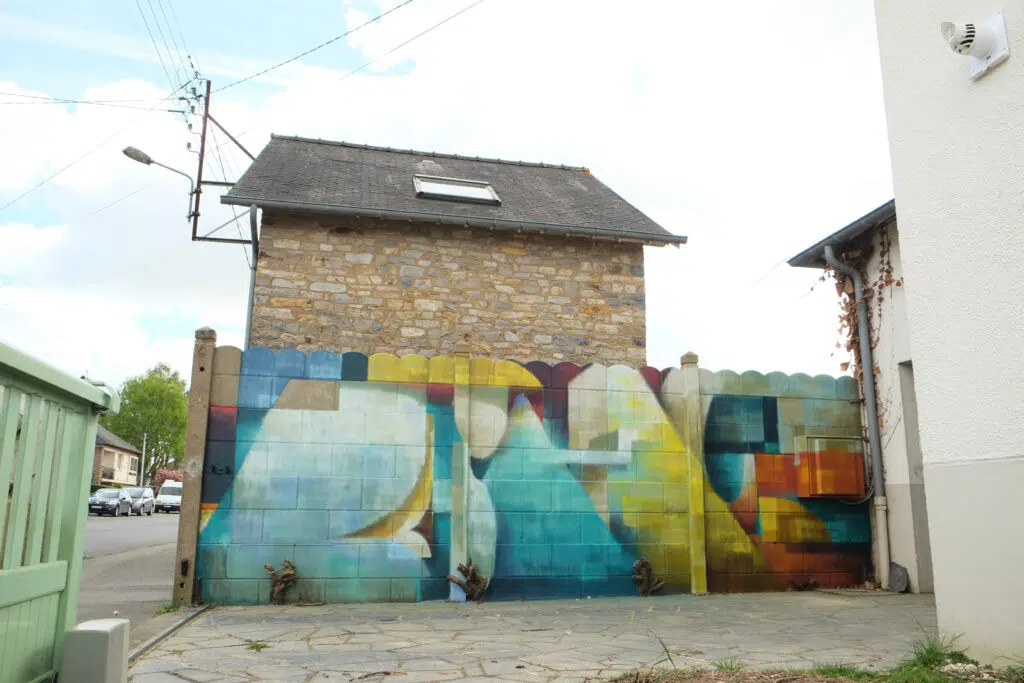
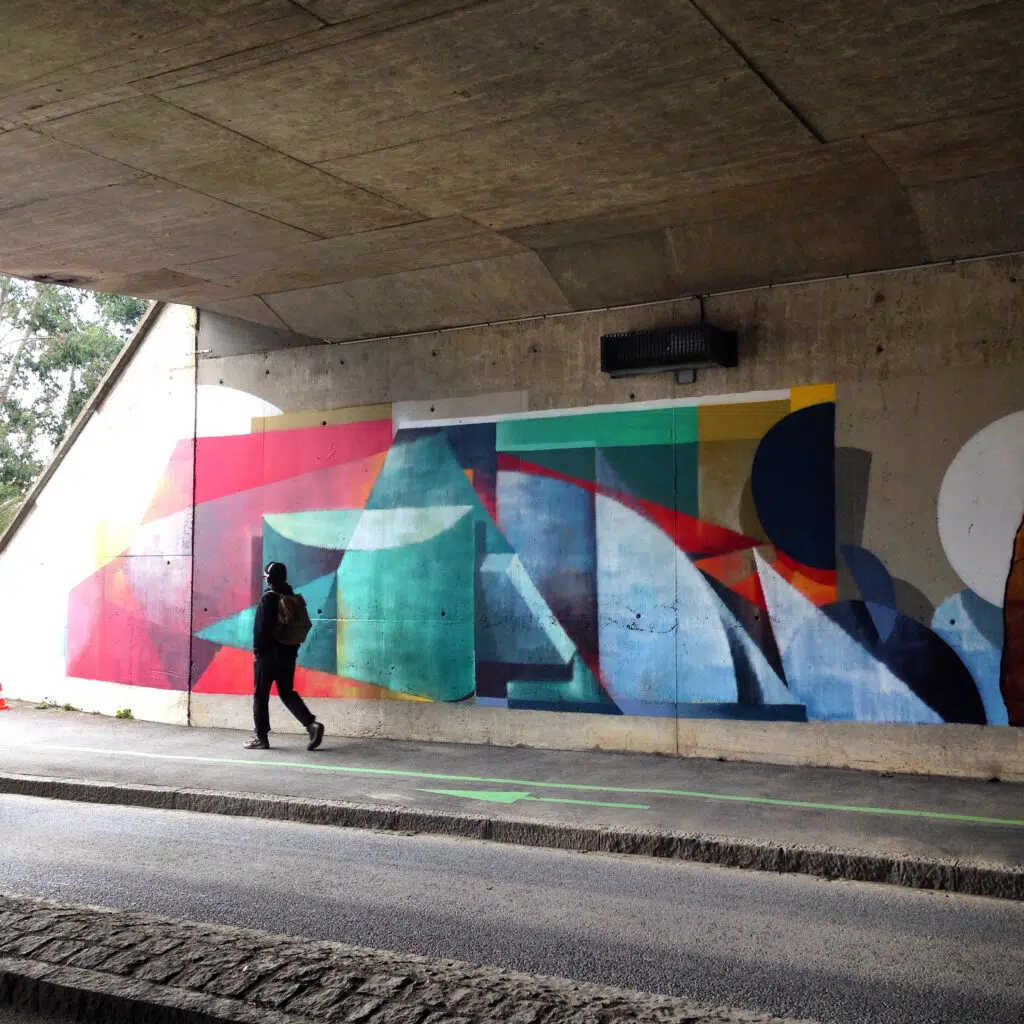
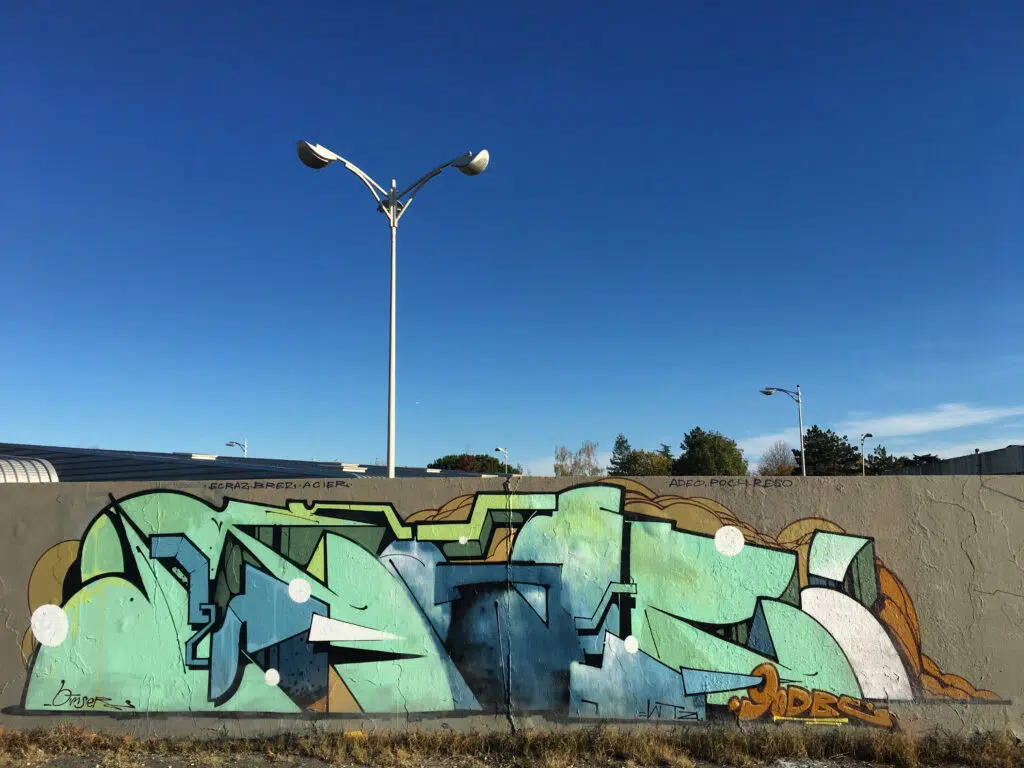
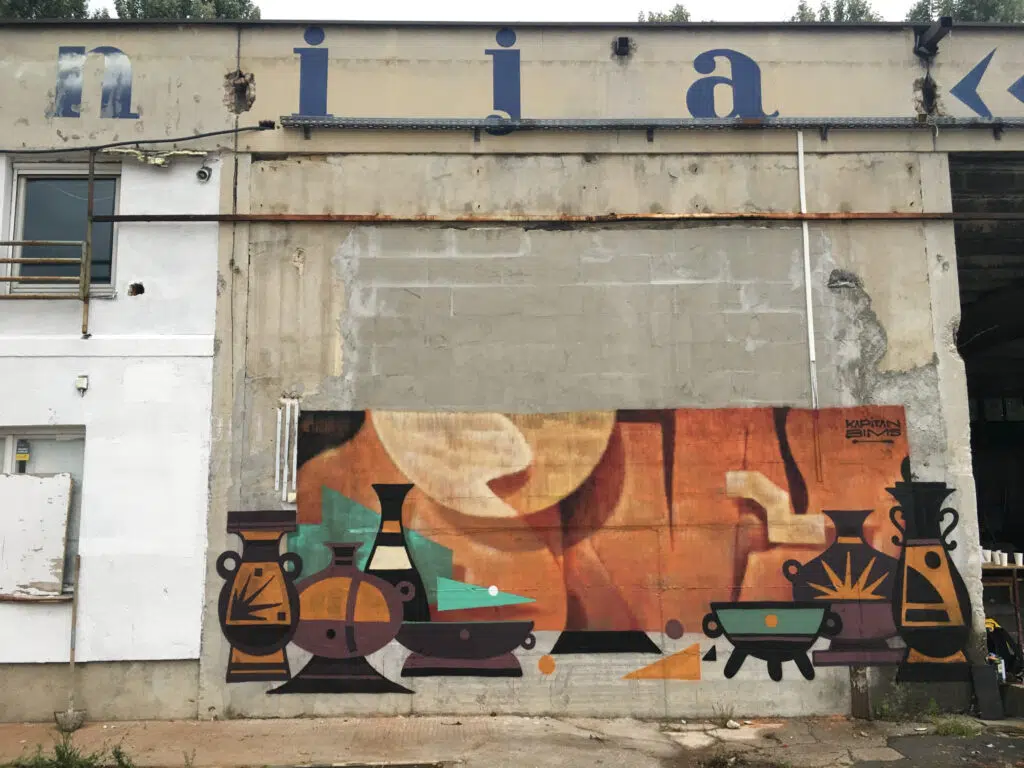
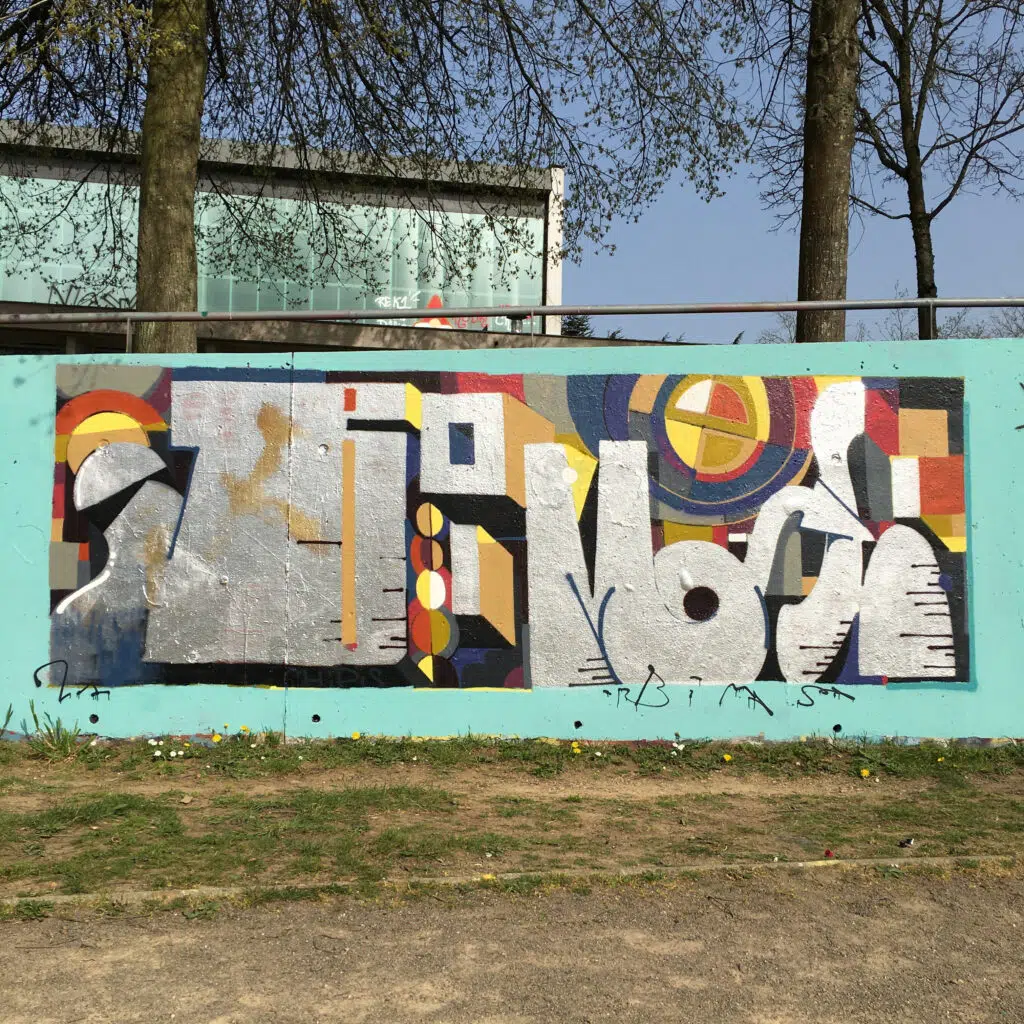
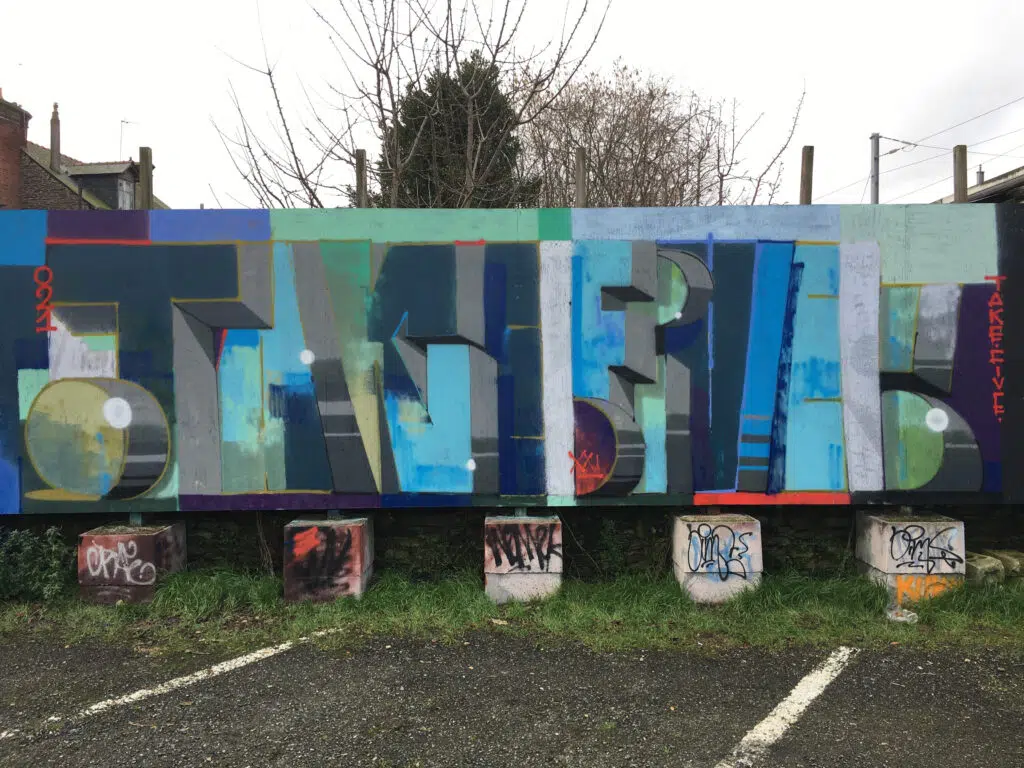
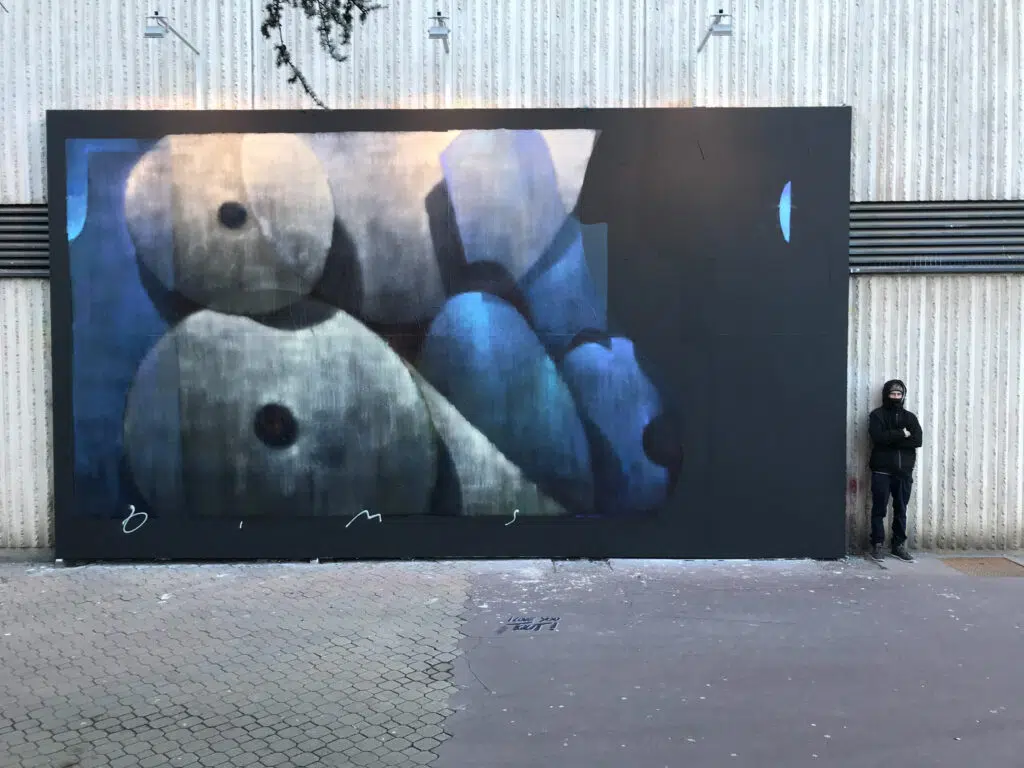
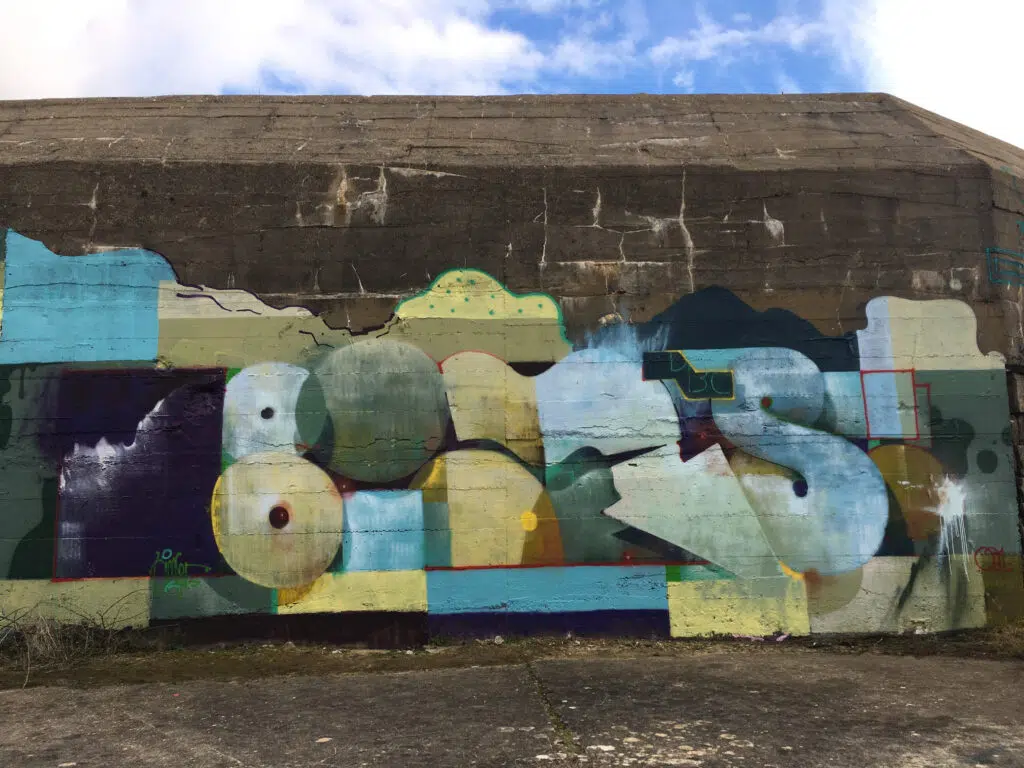
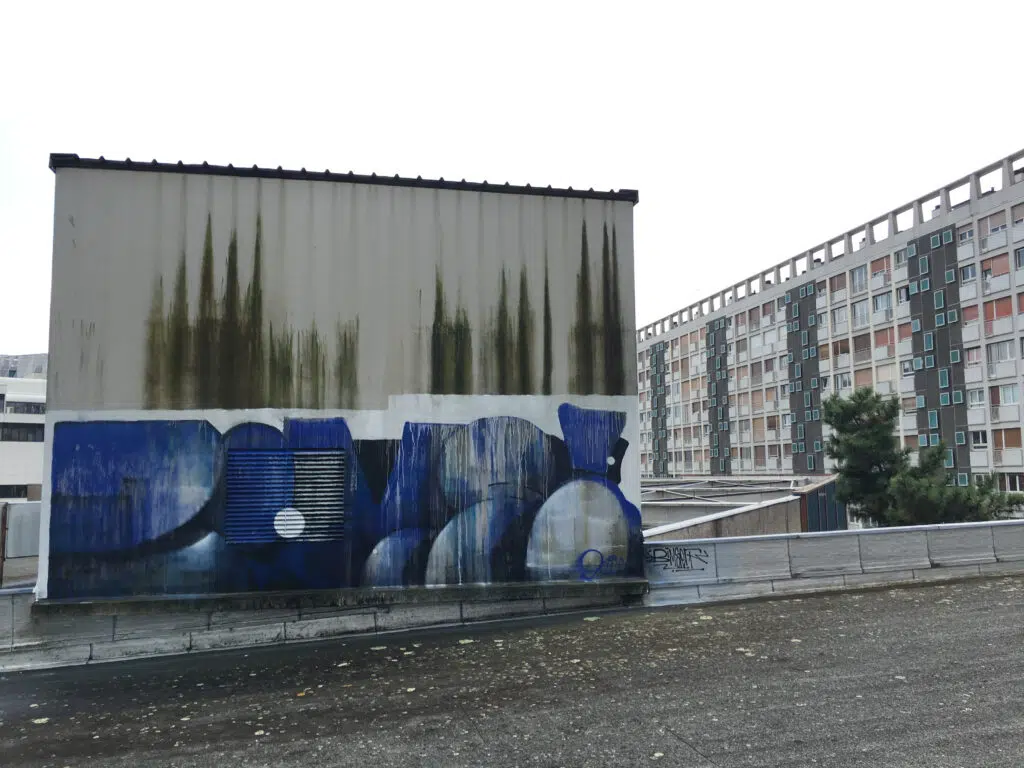
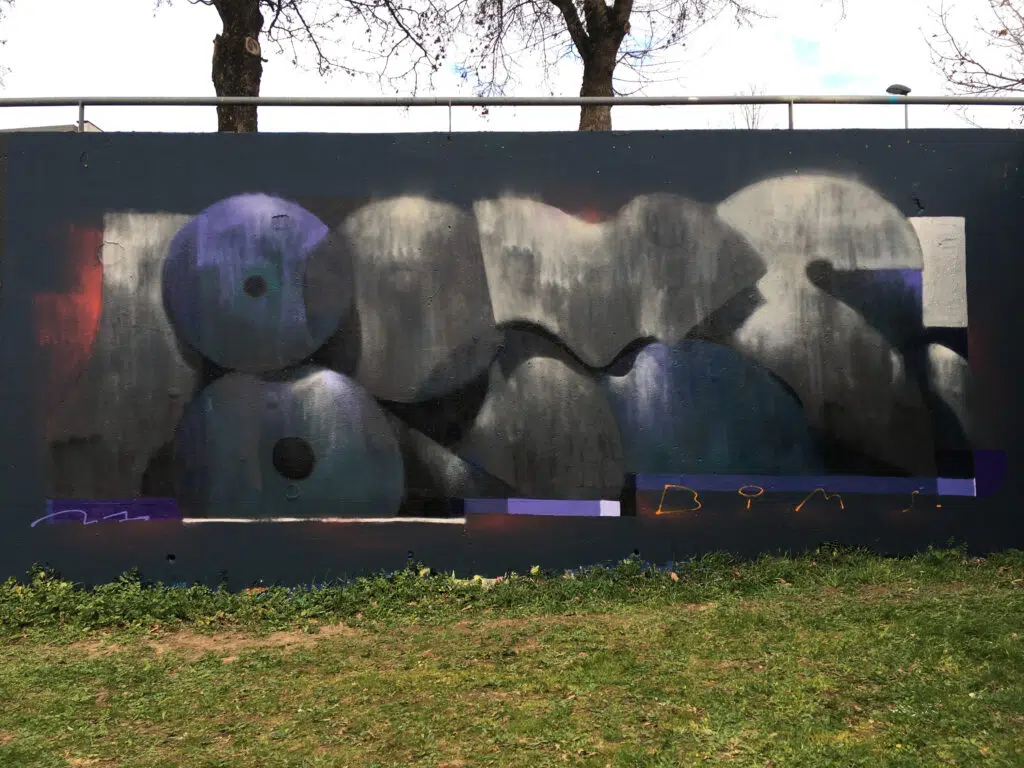
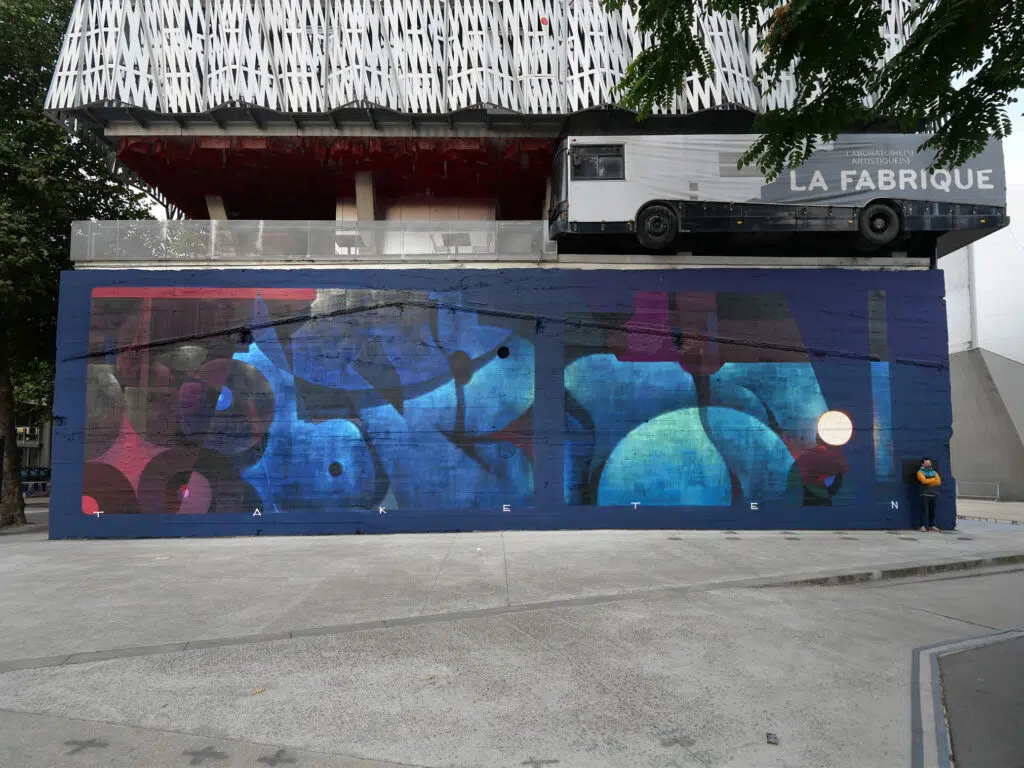
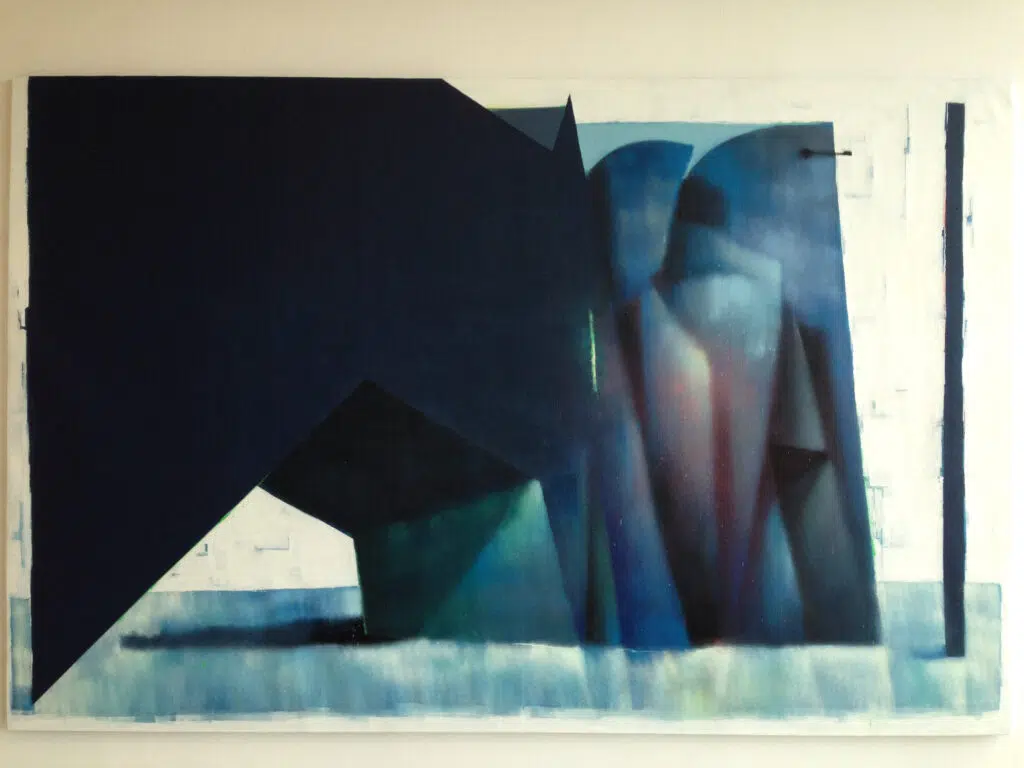
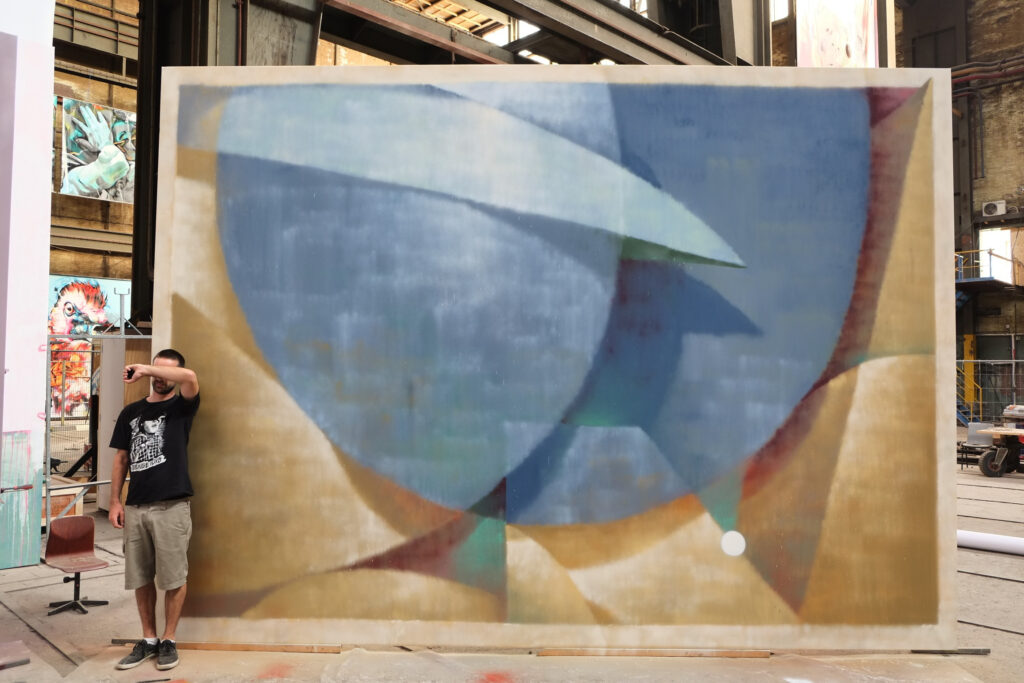
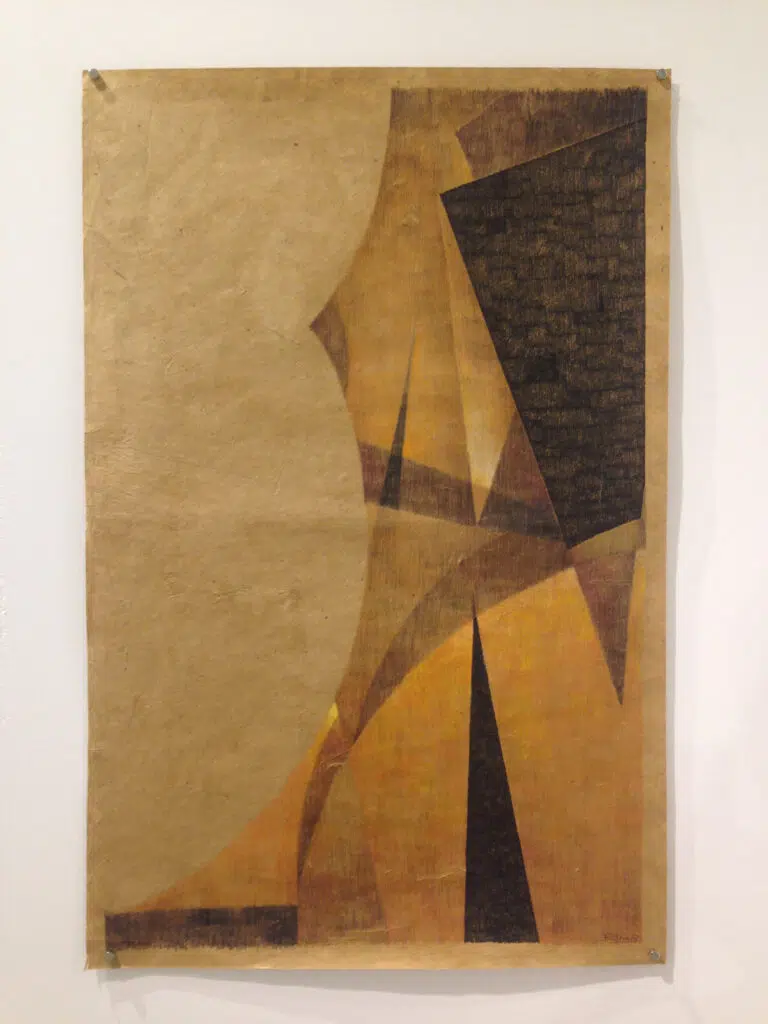
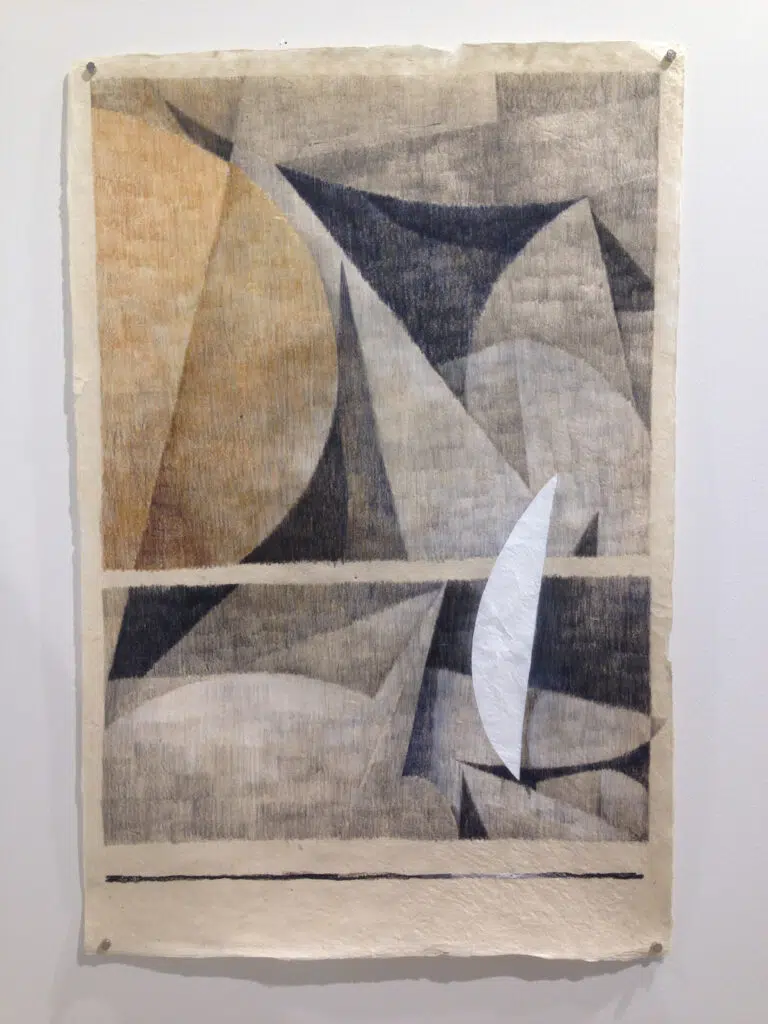
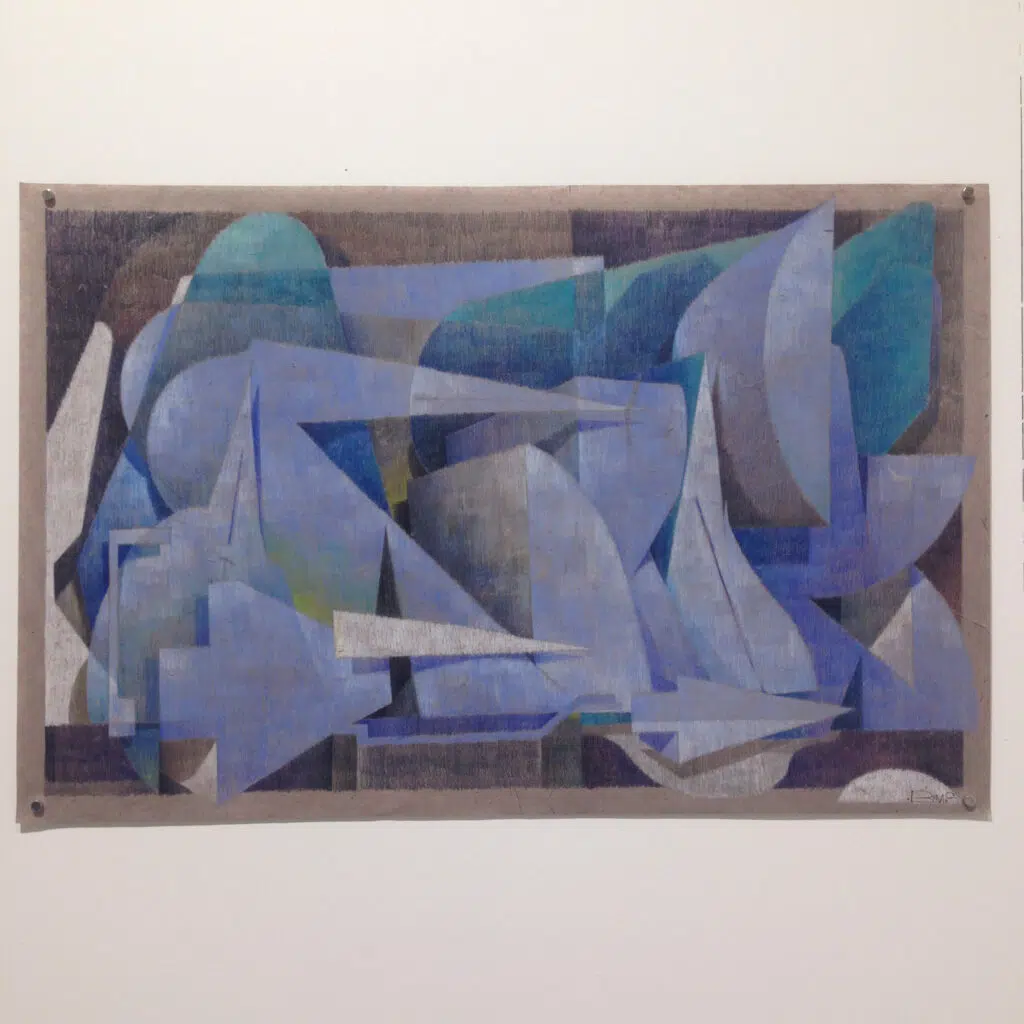
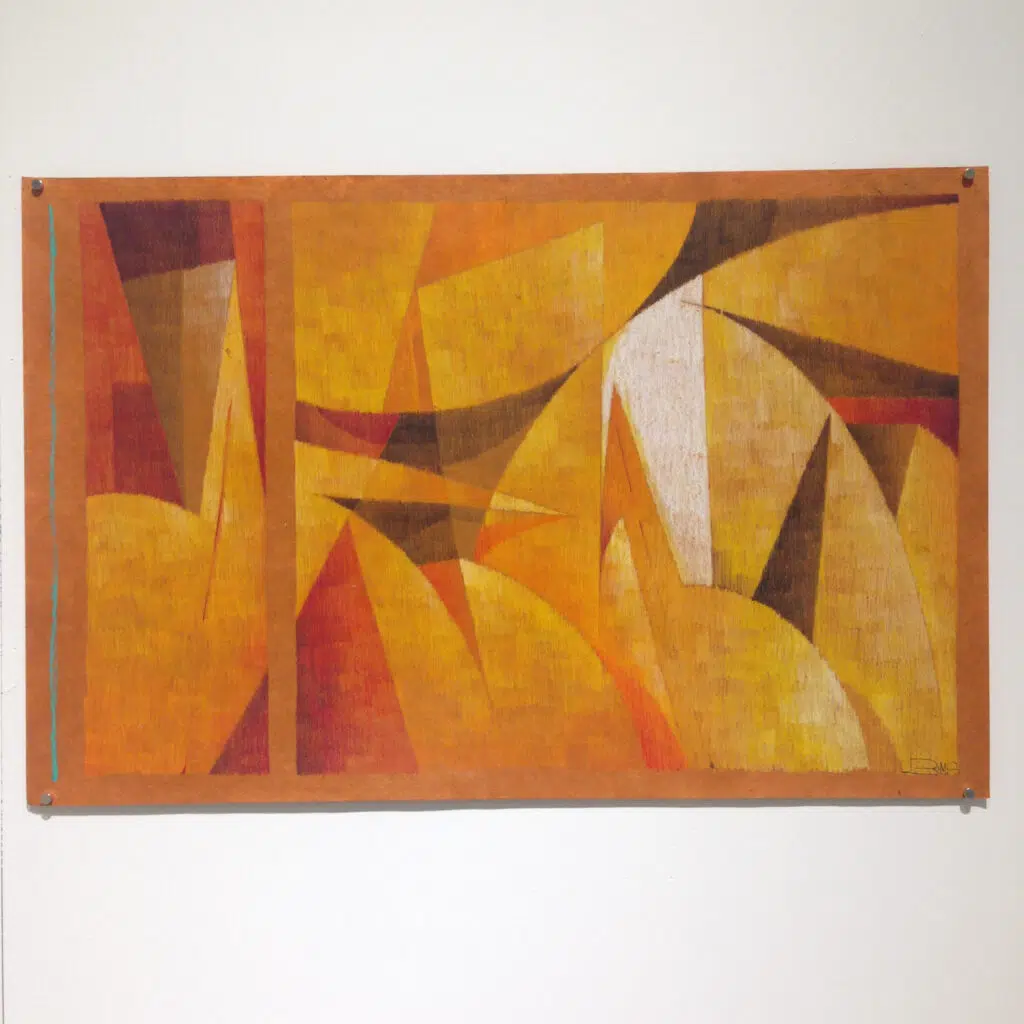
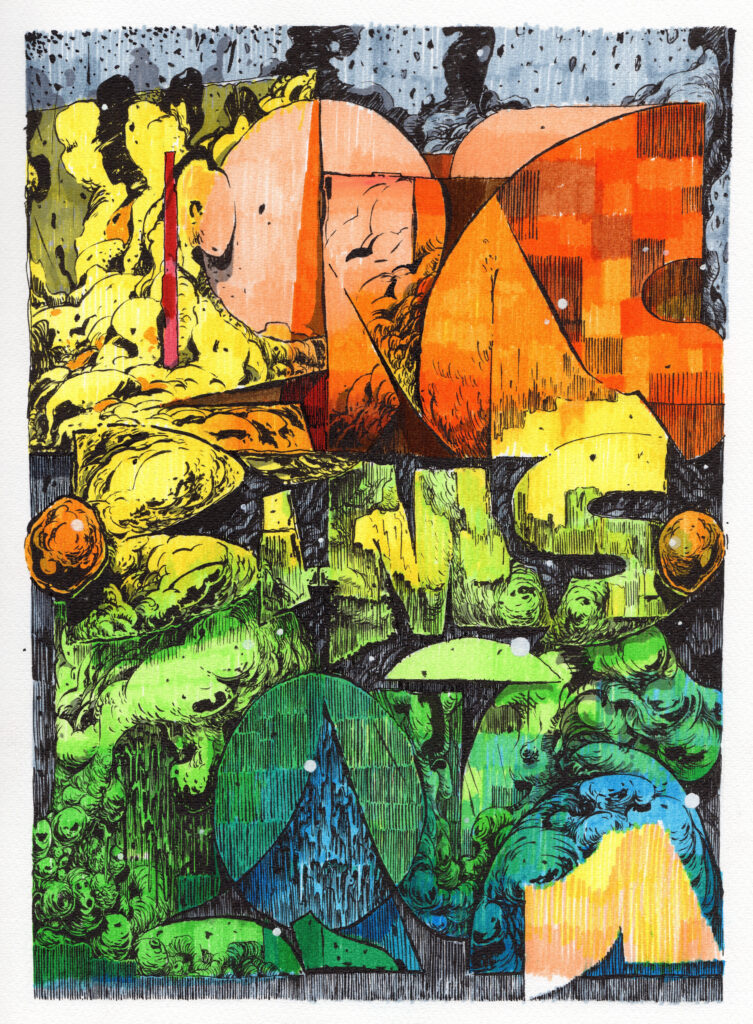
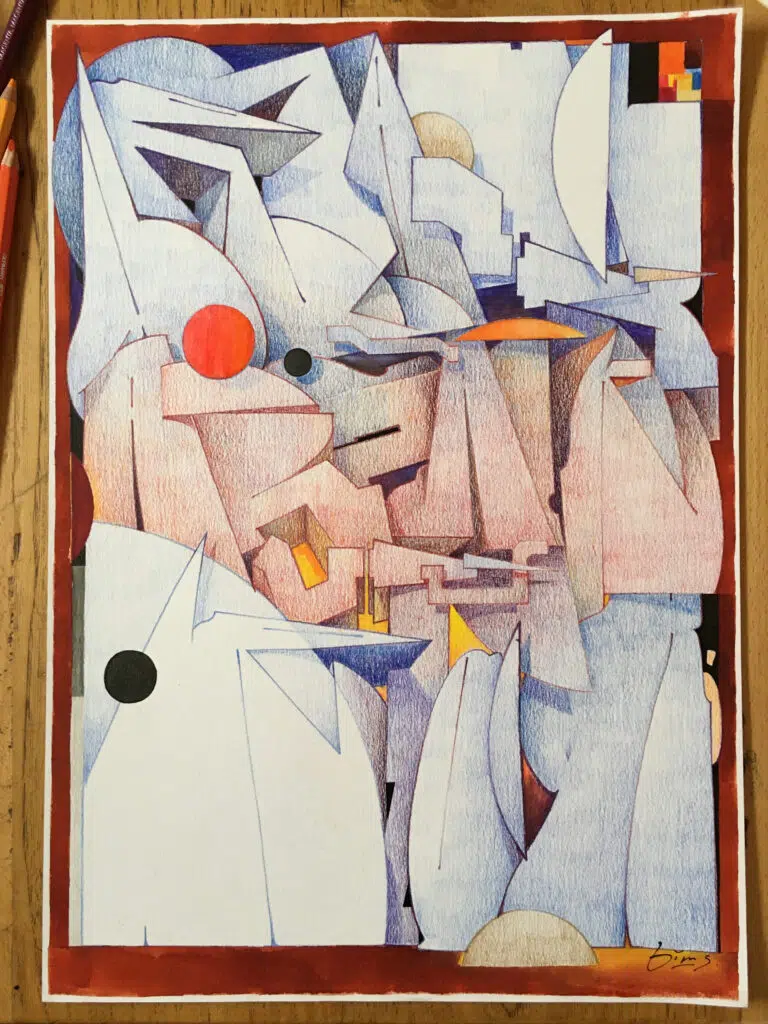
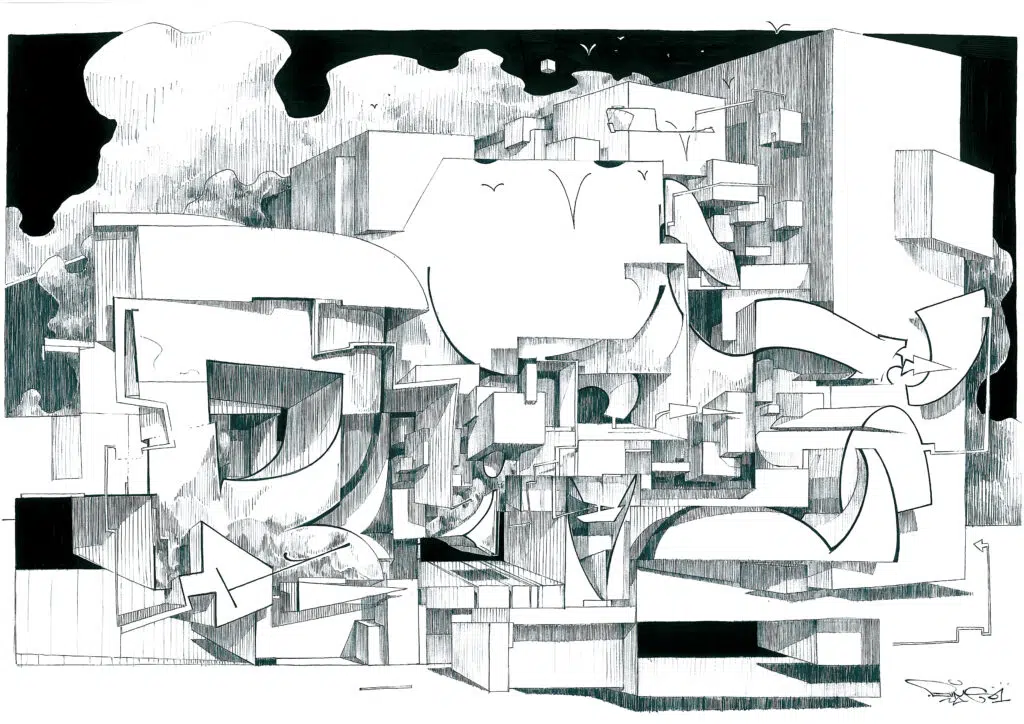
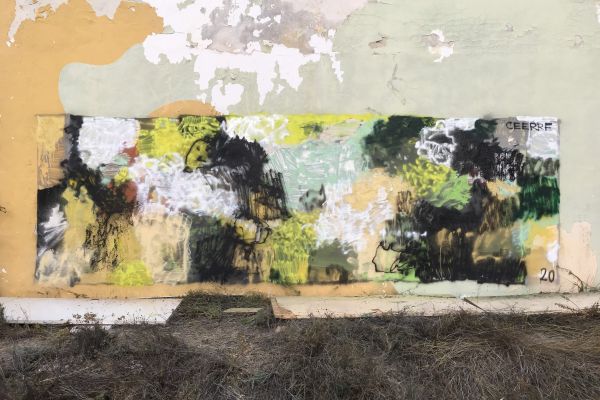
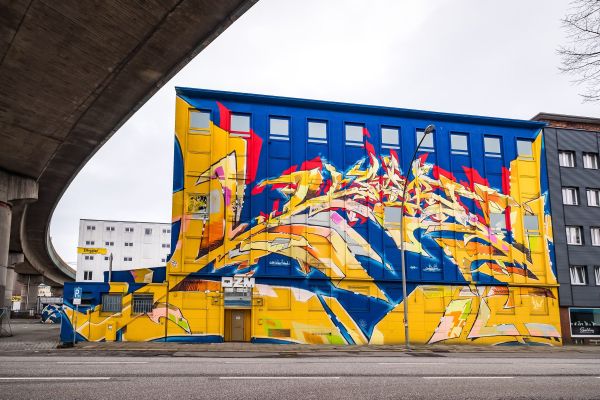
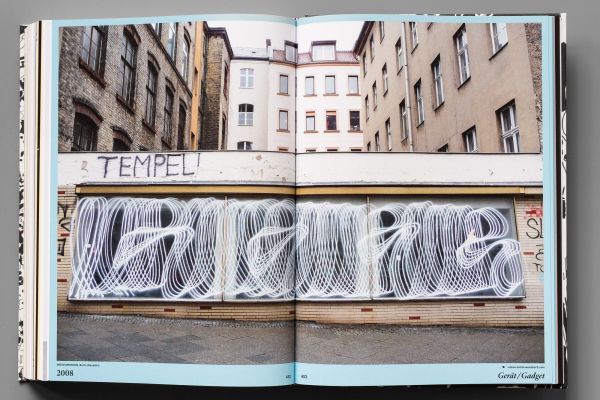
Leave a Reply